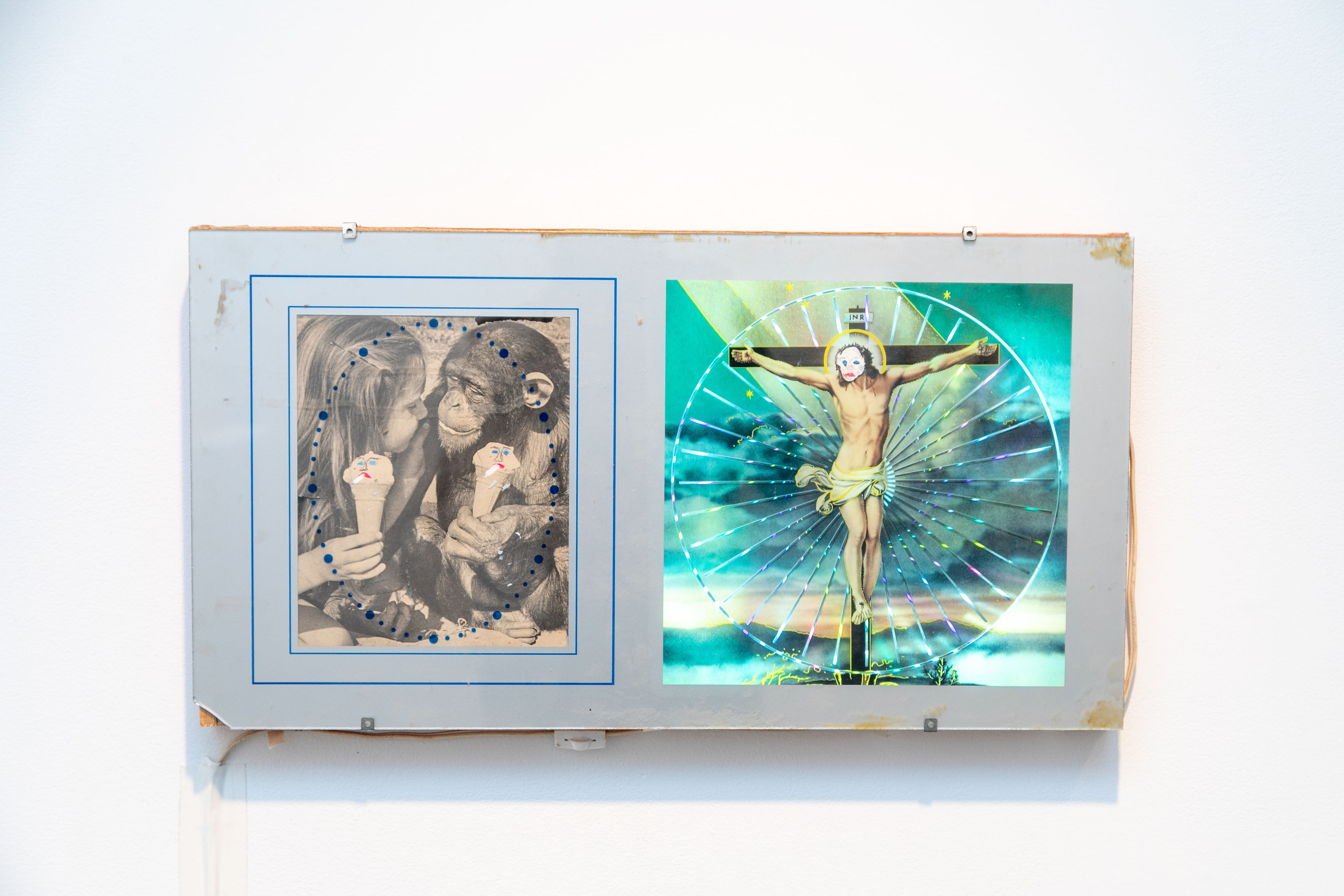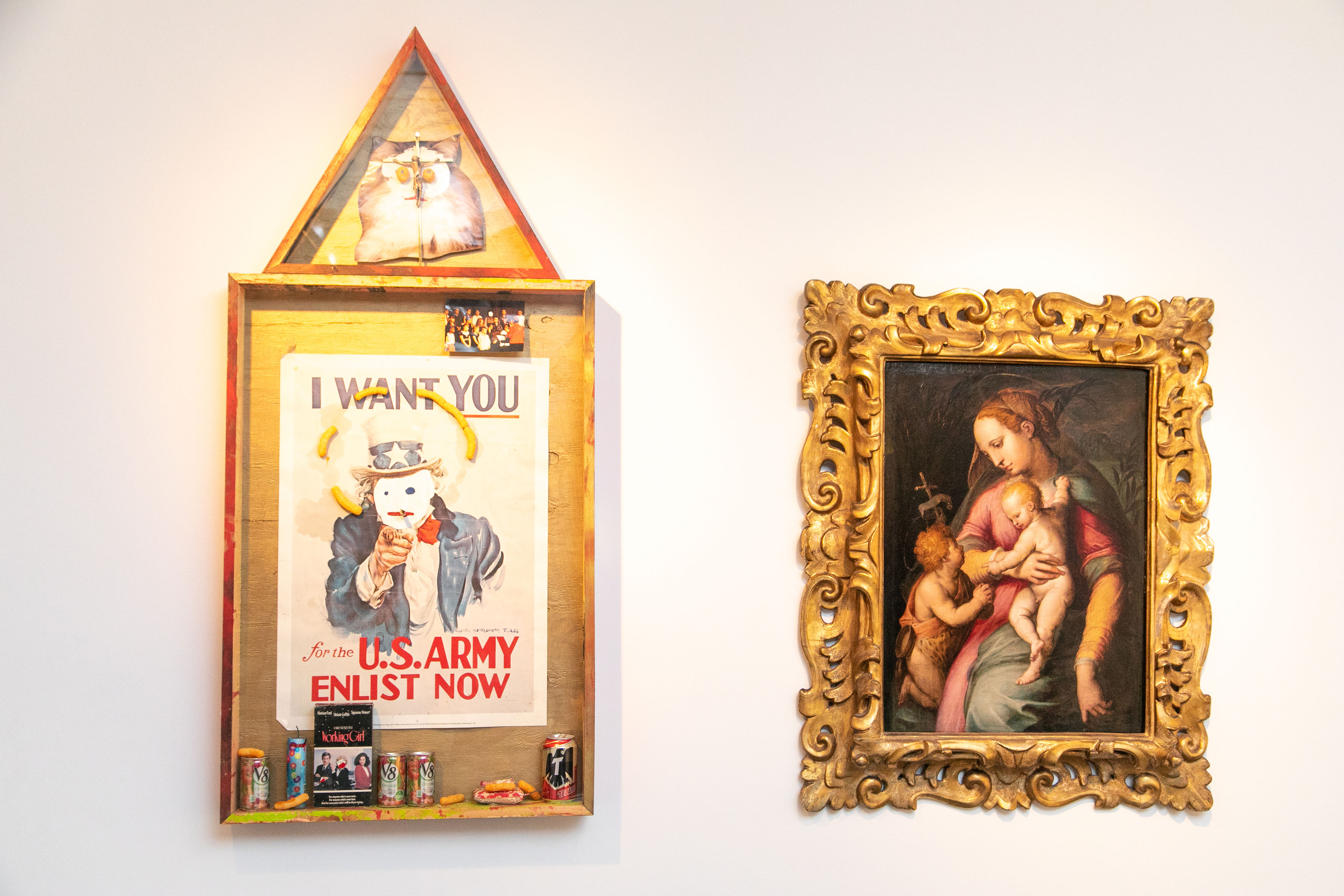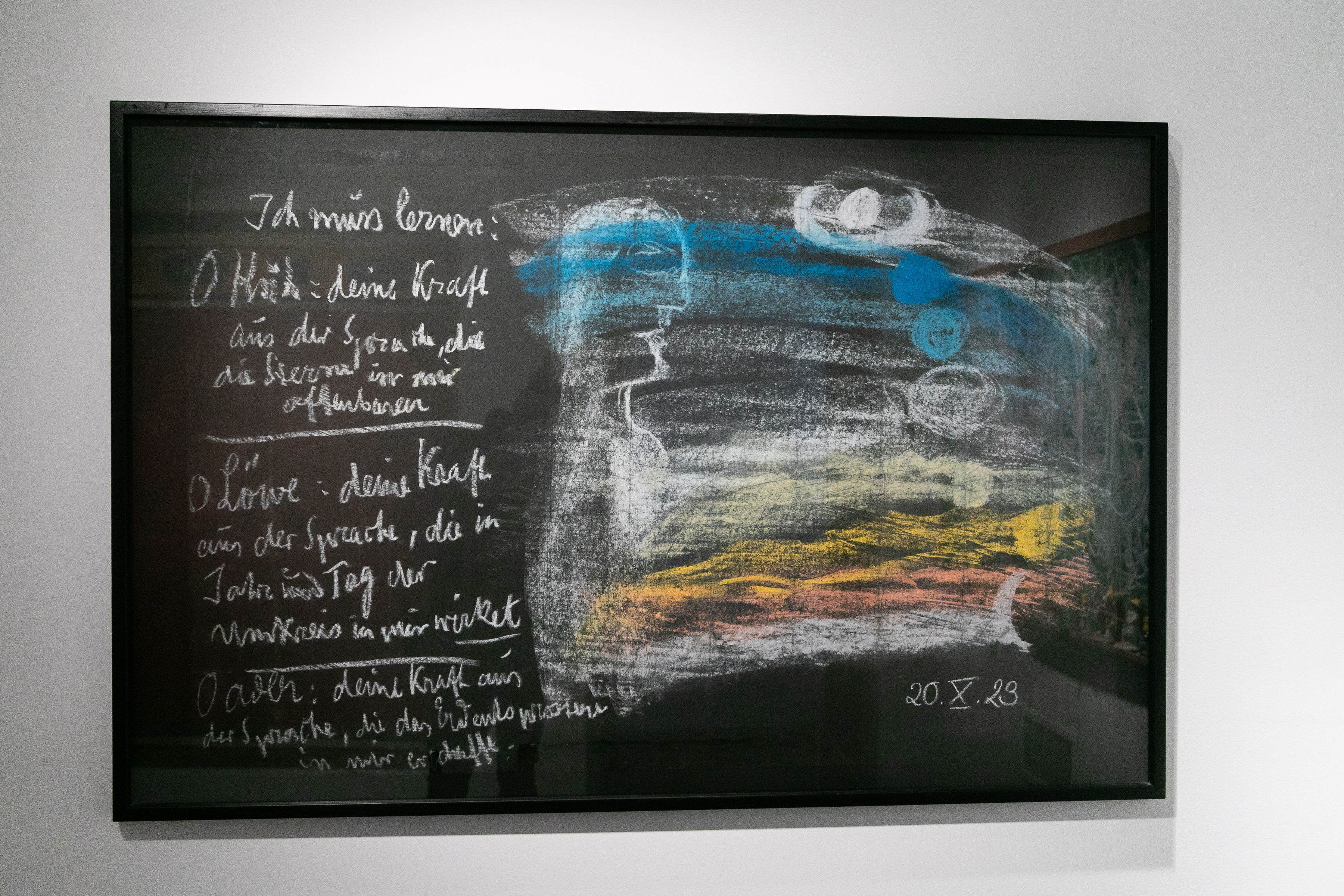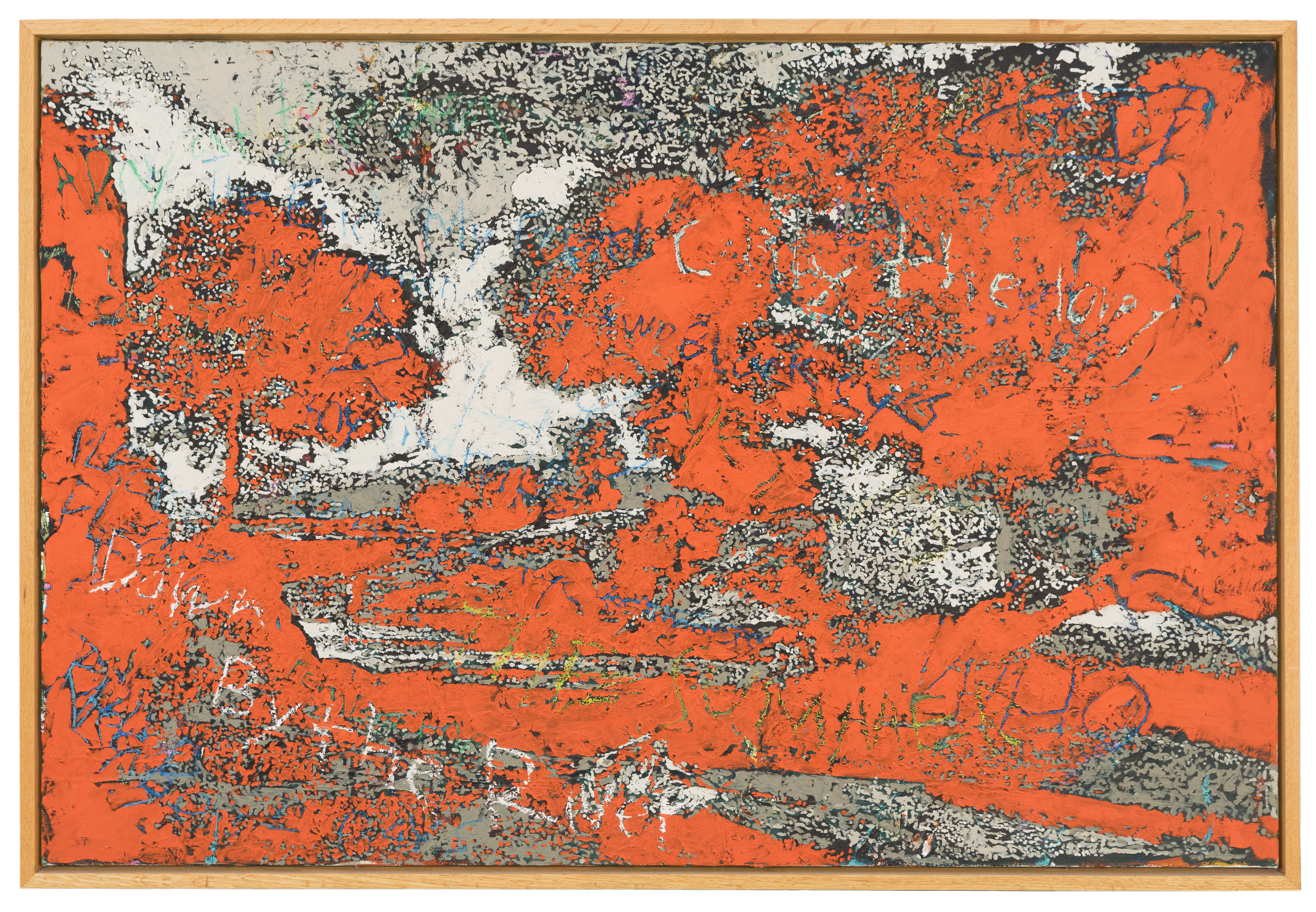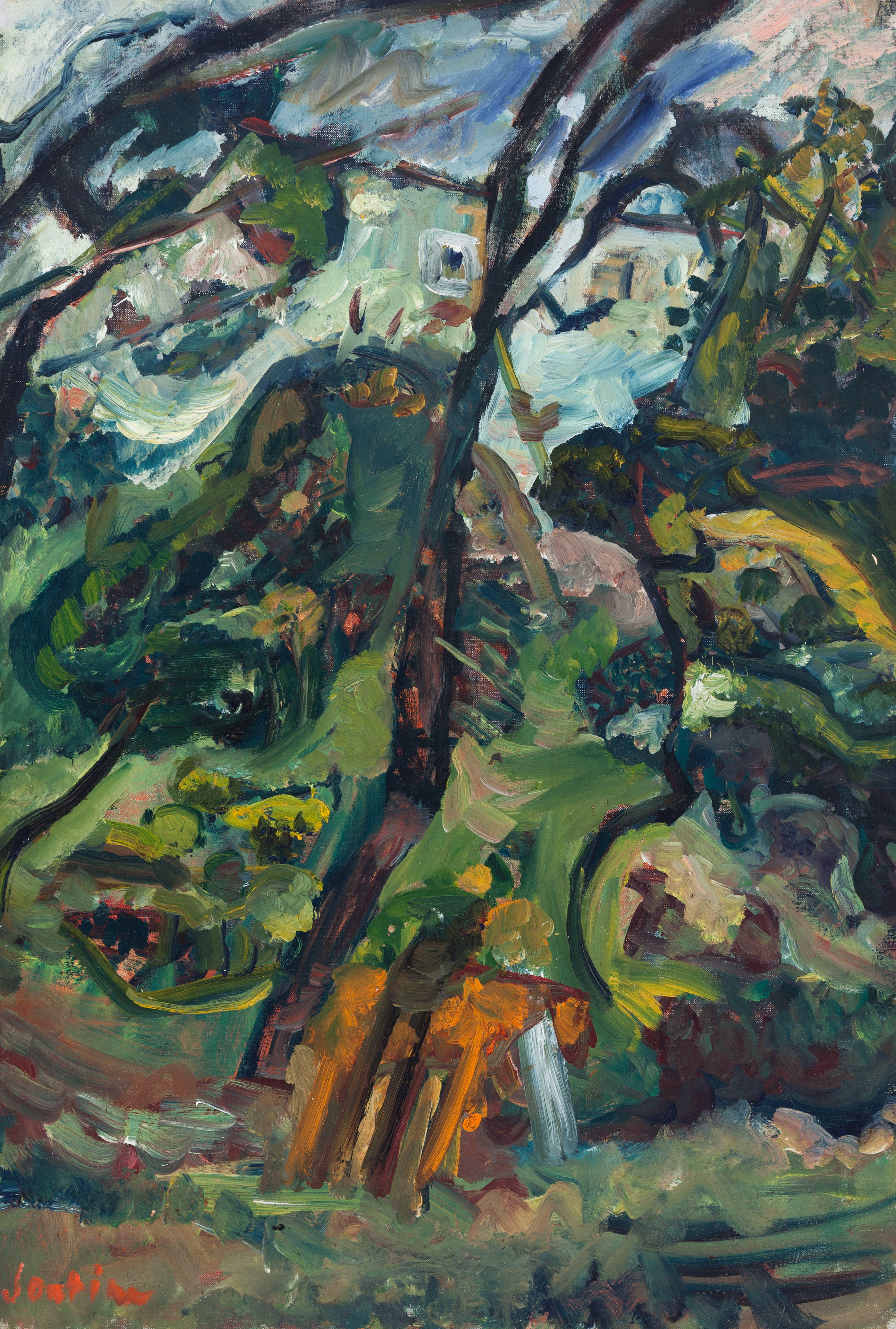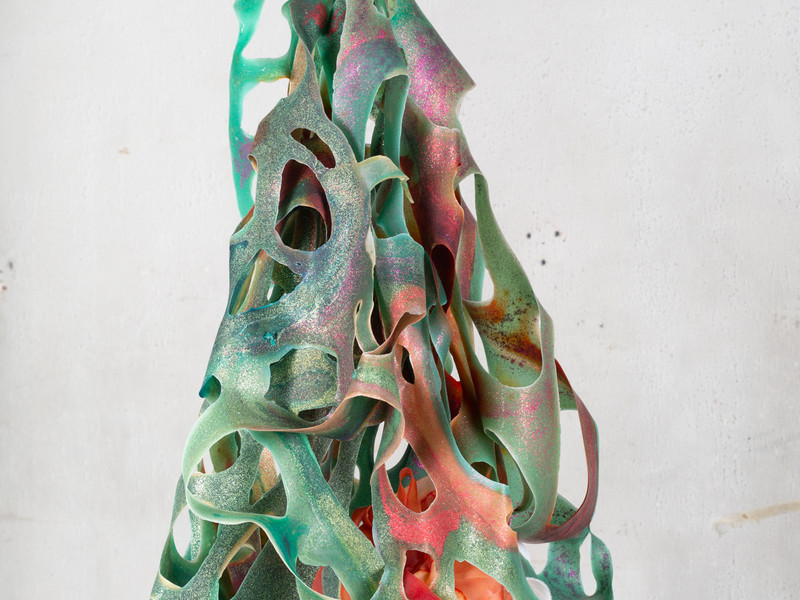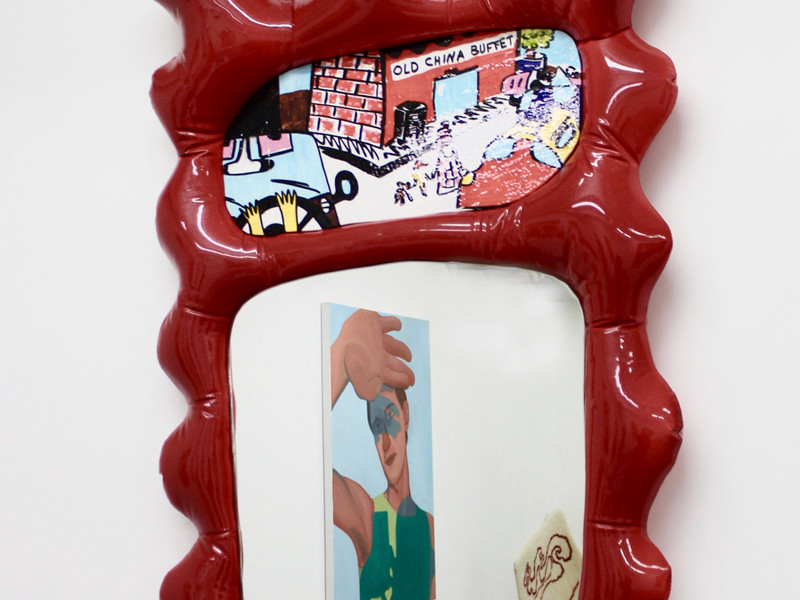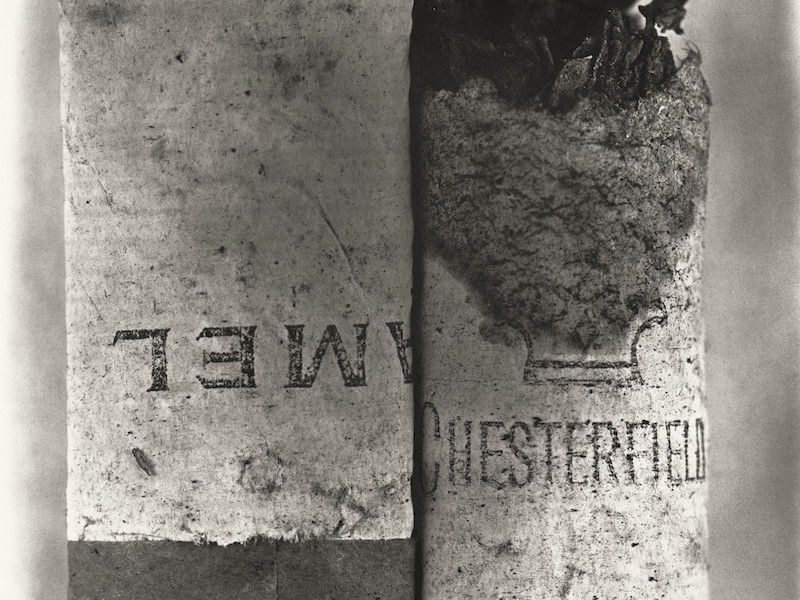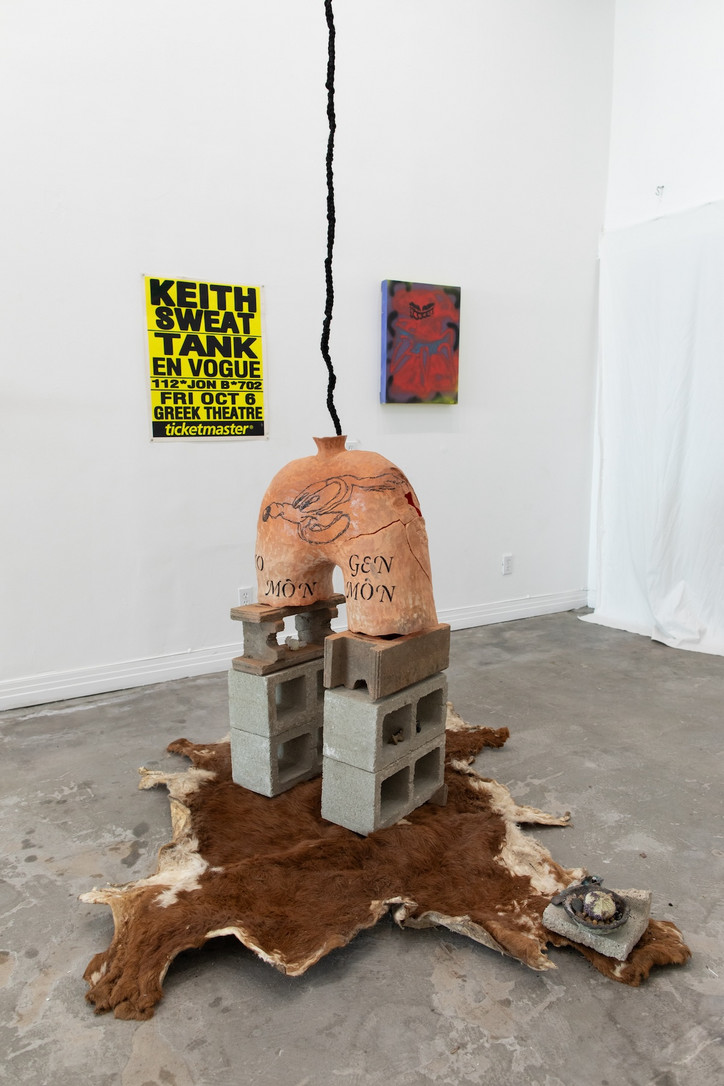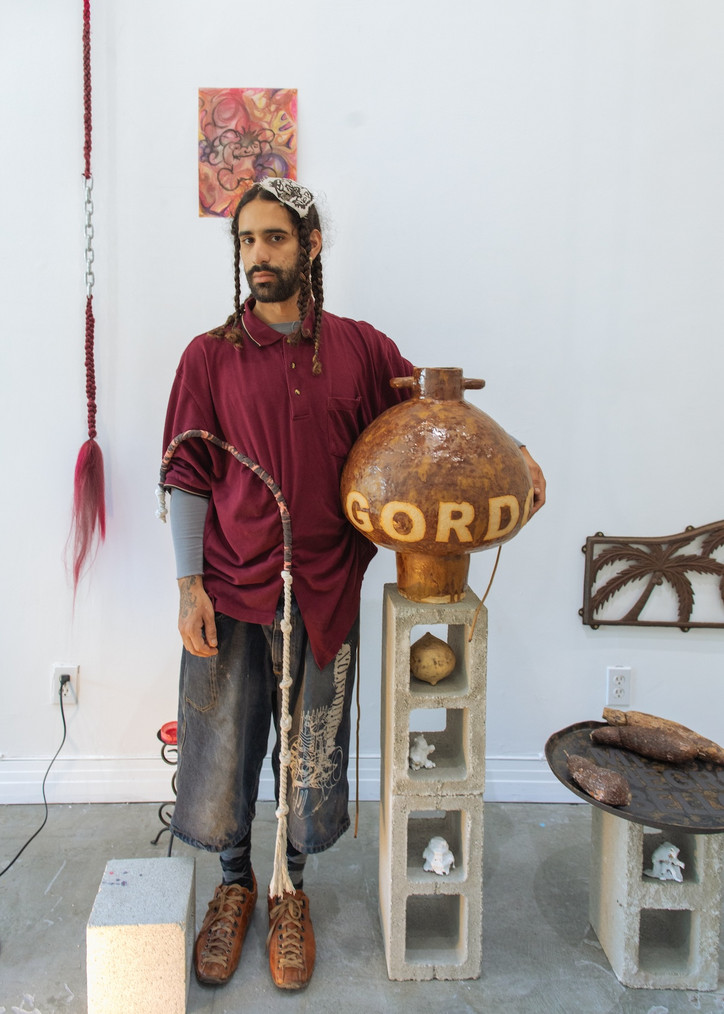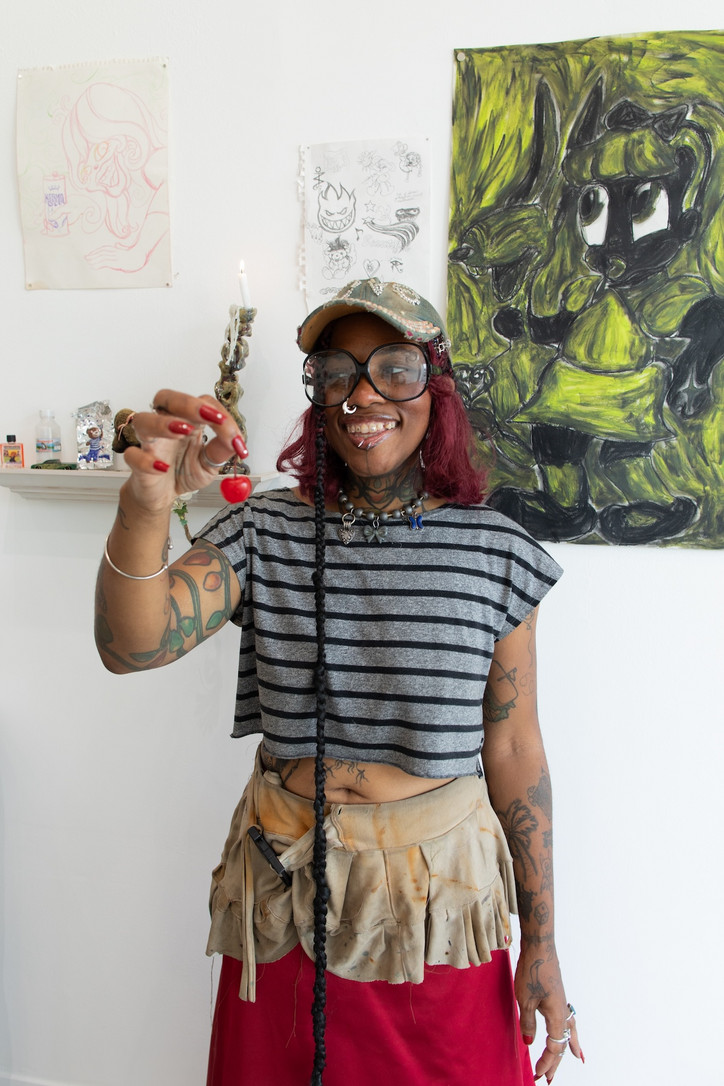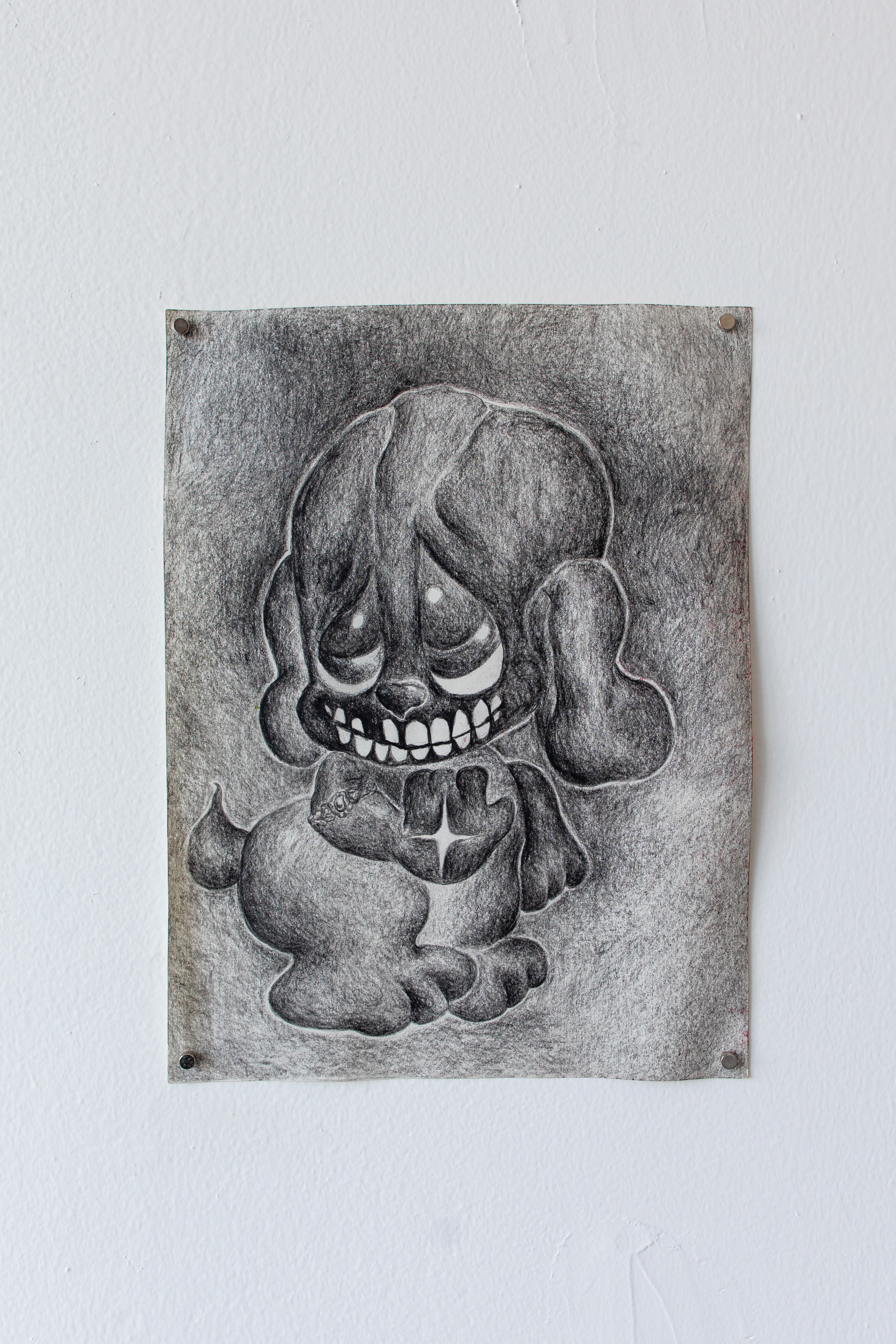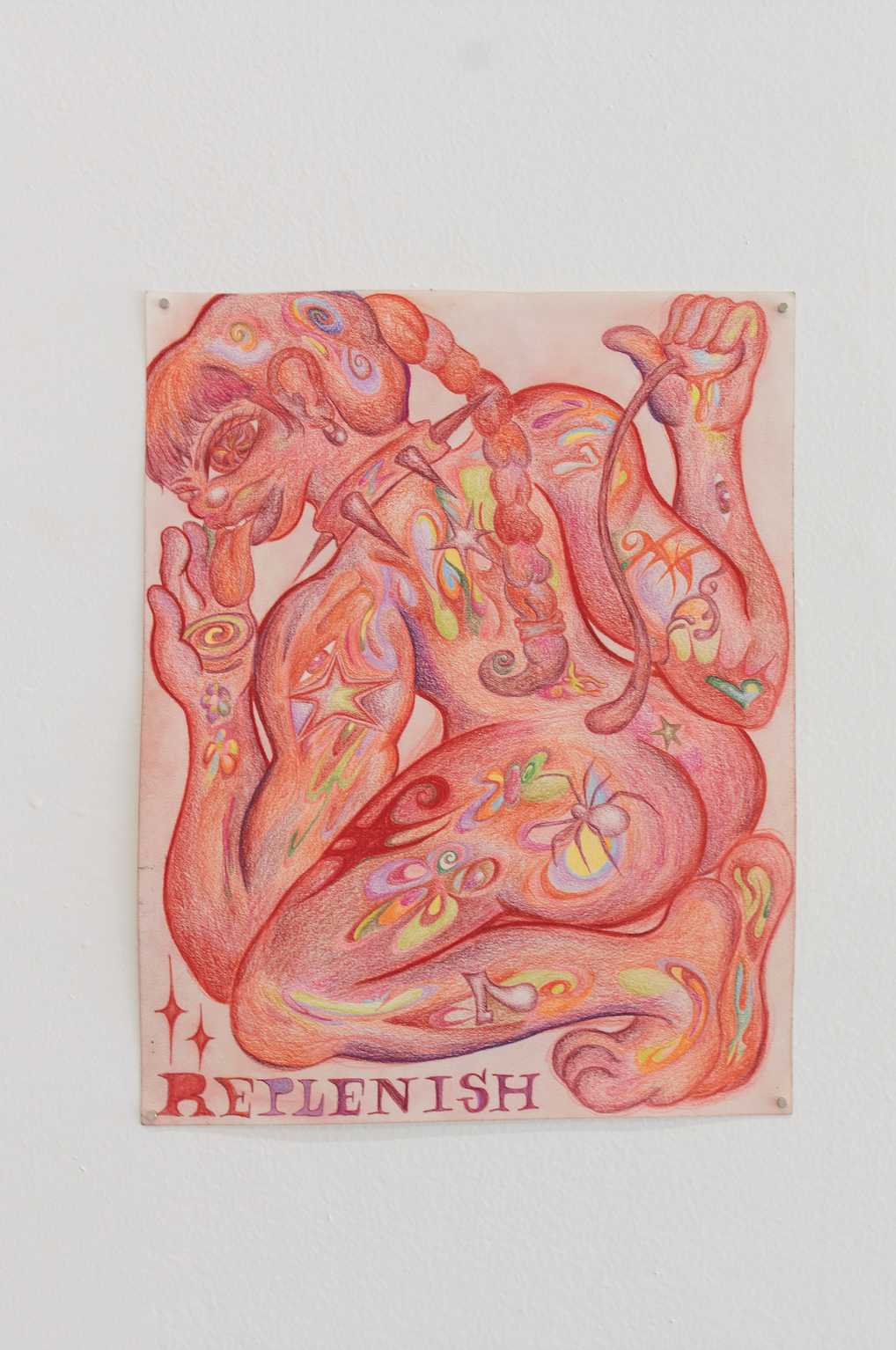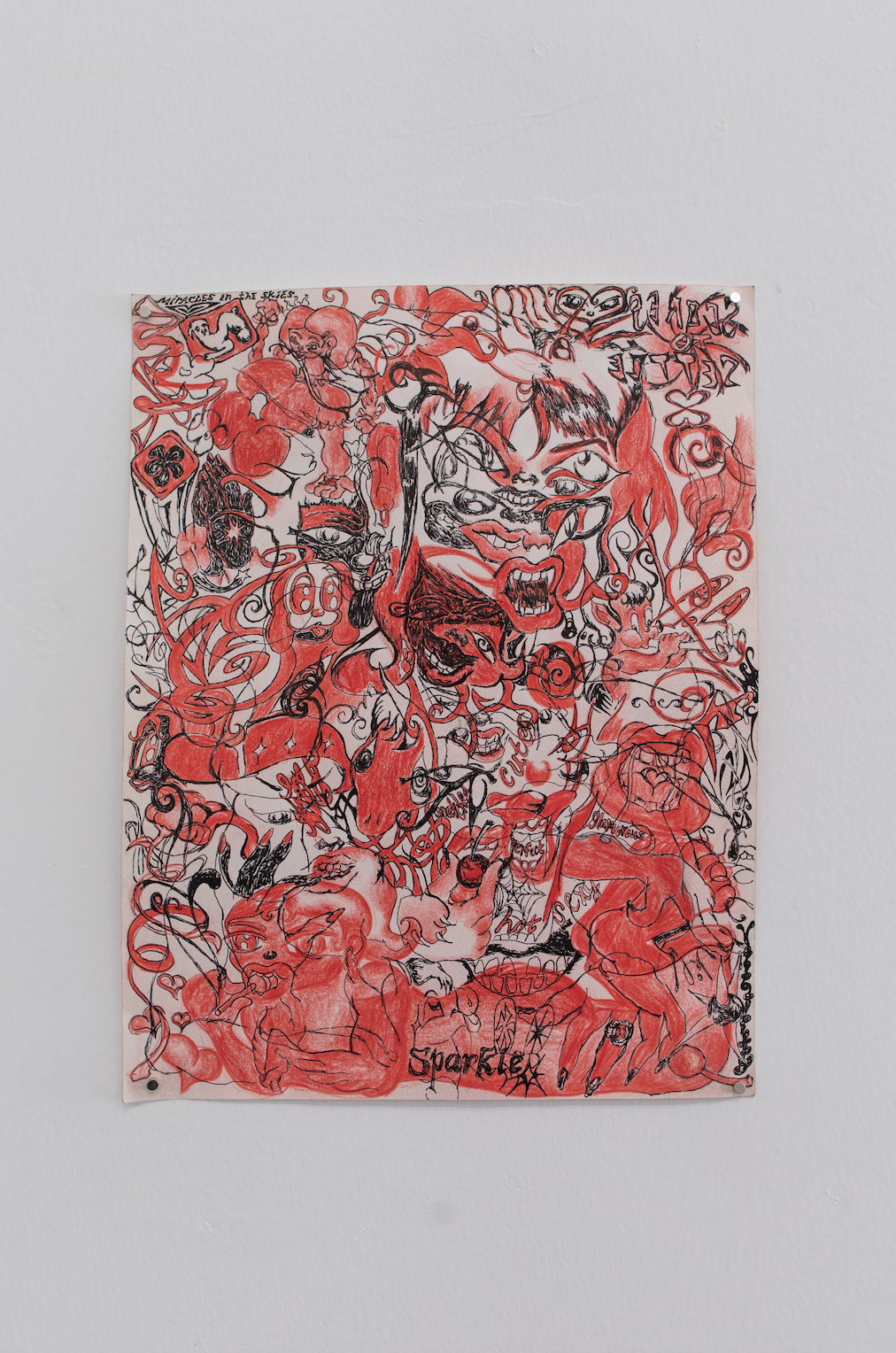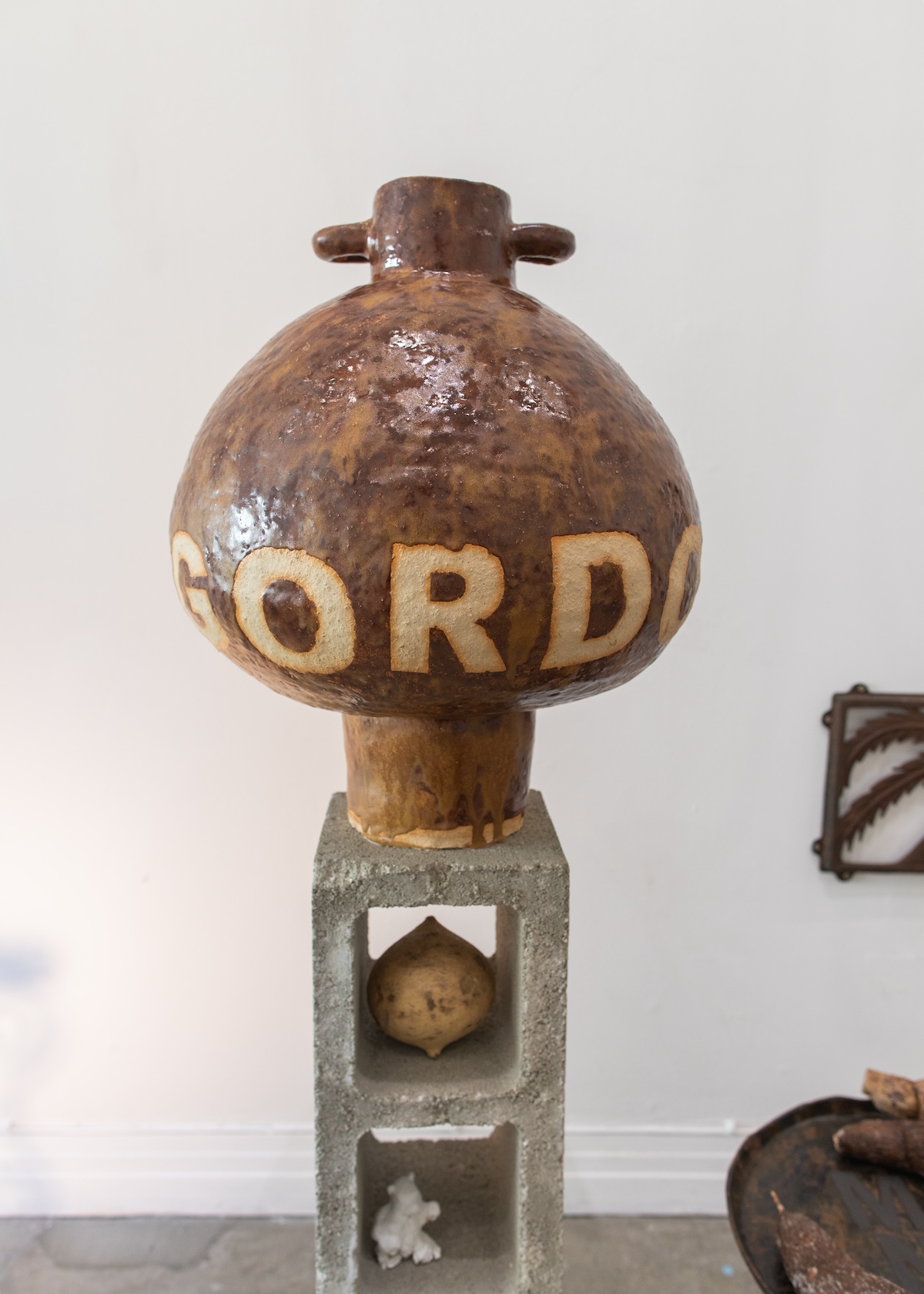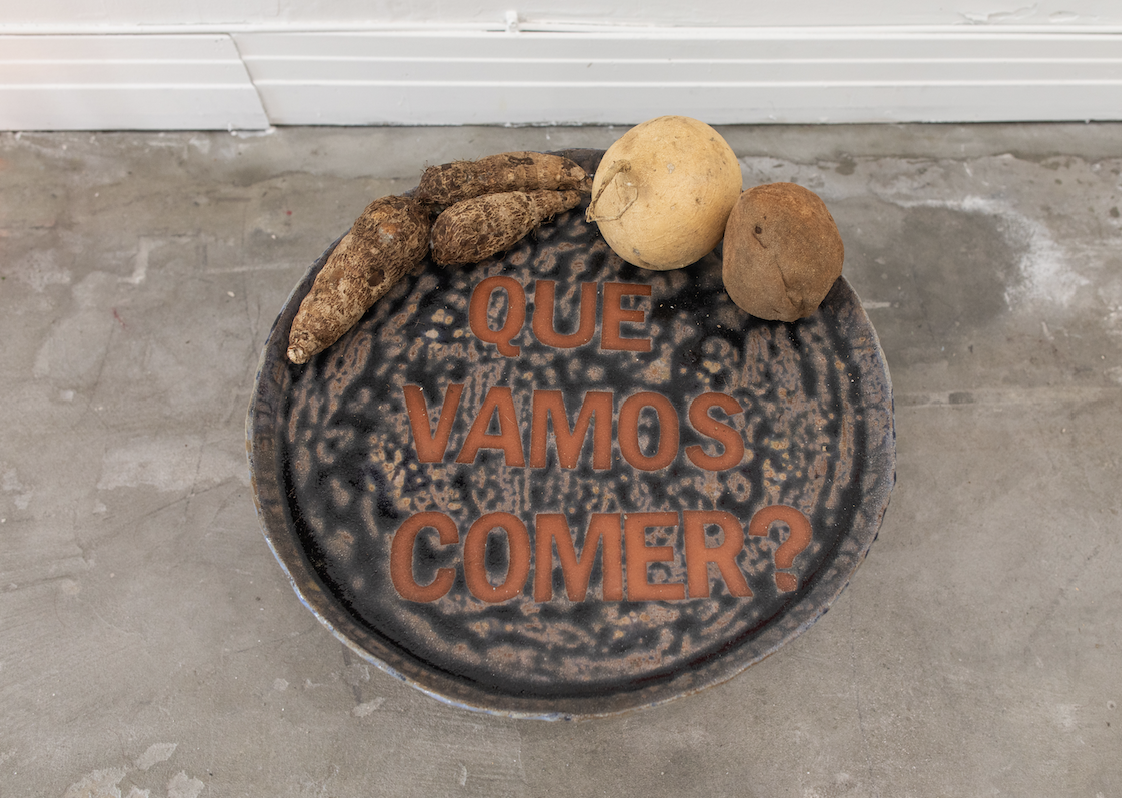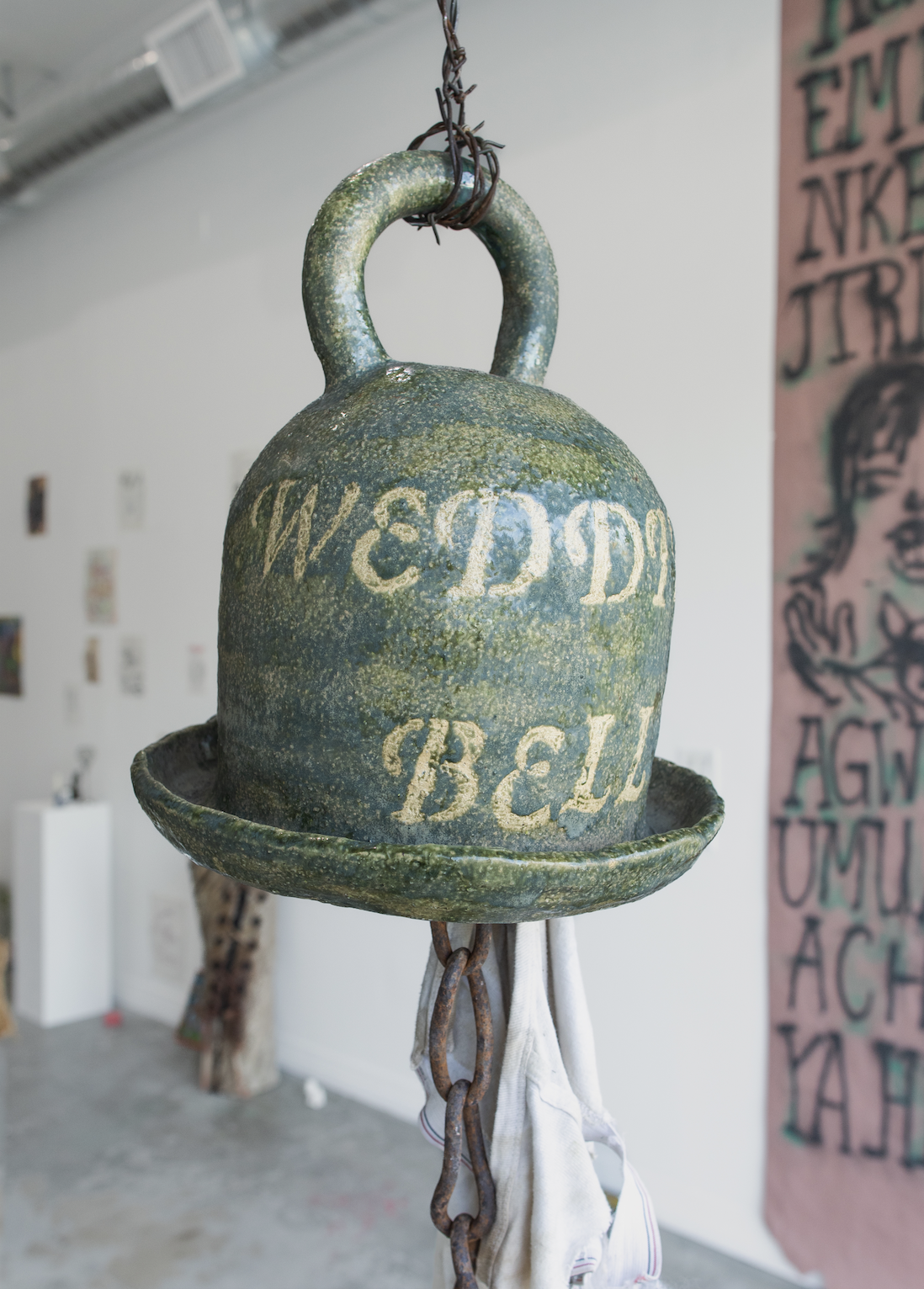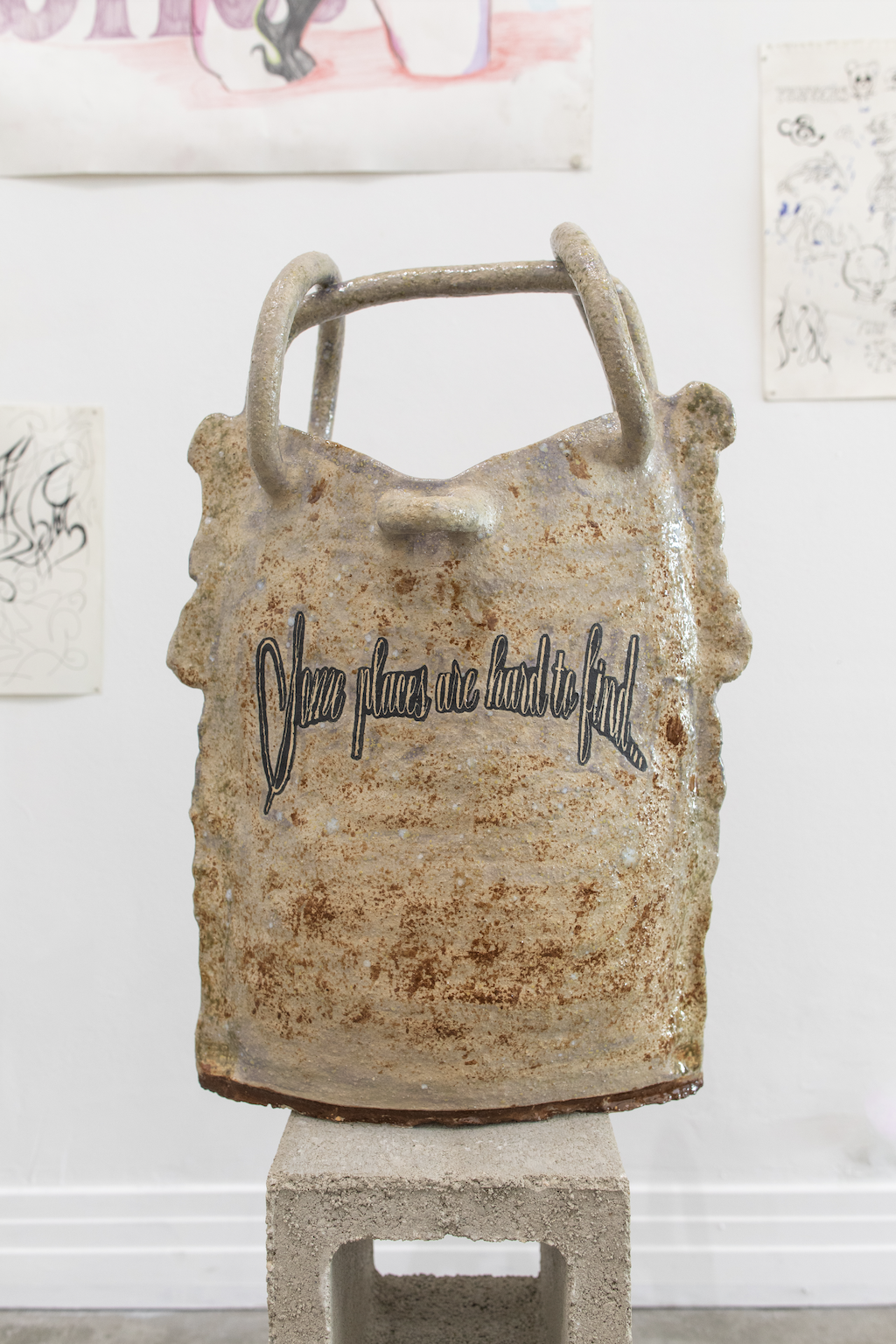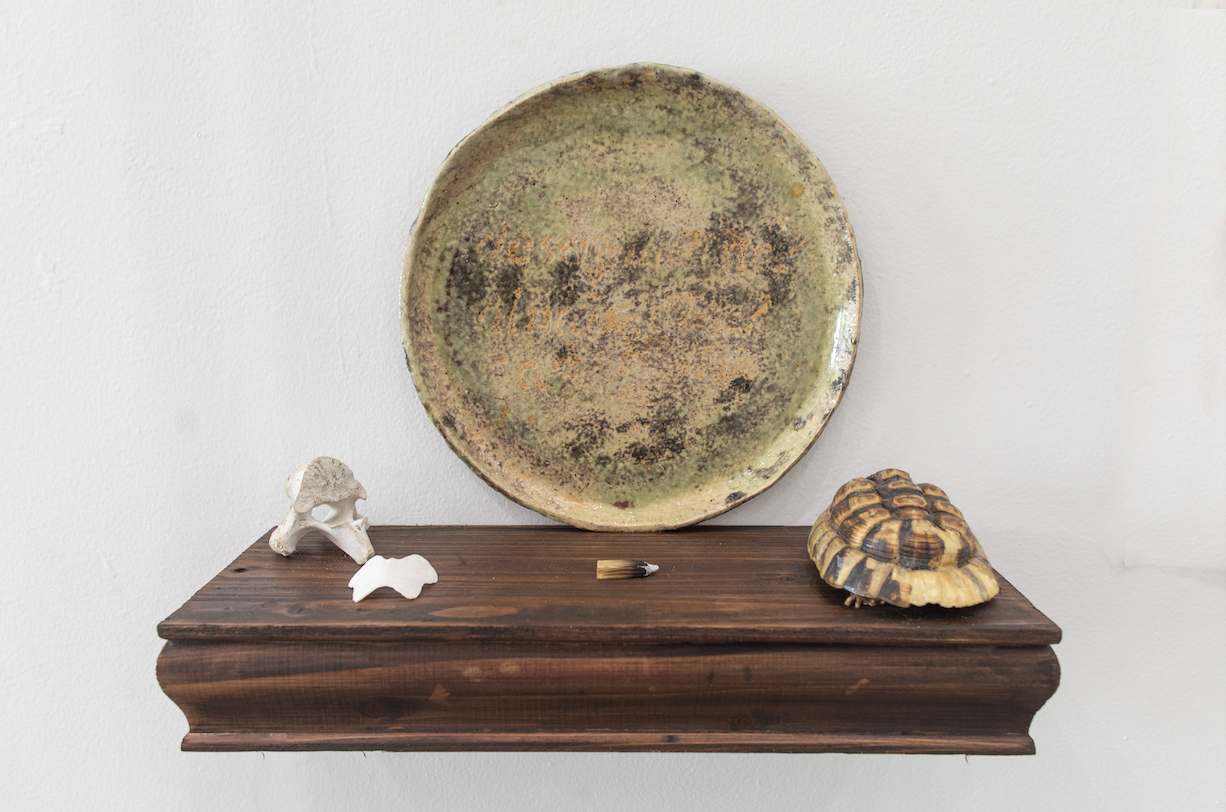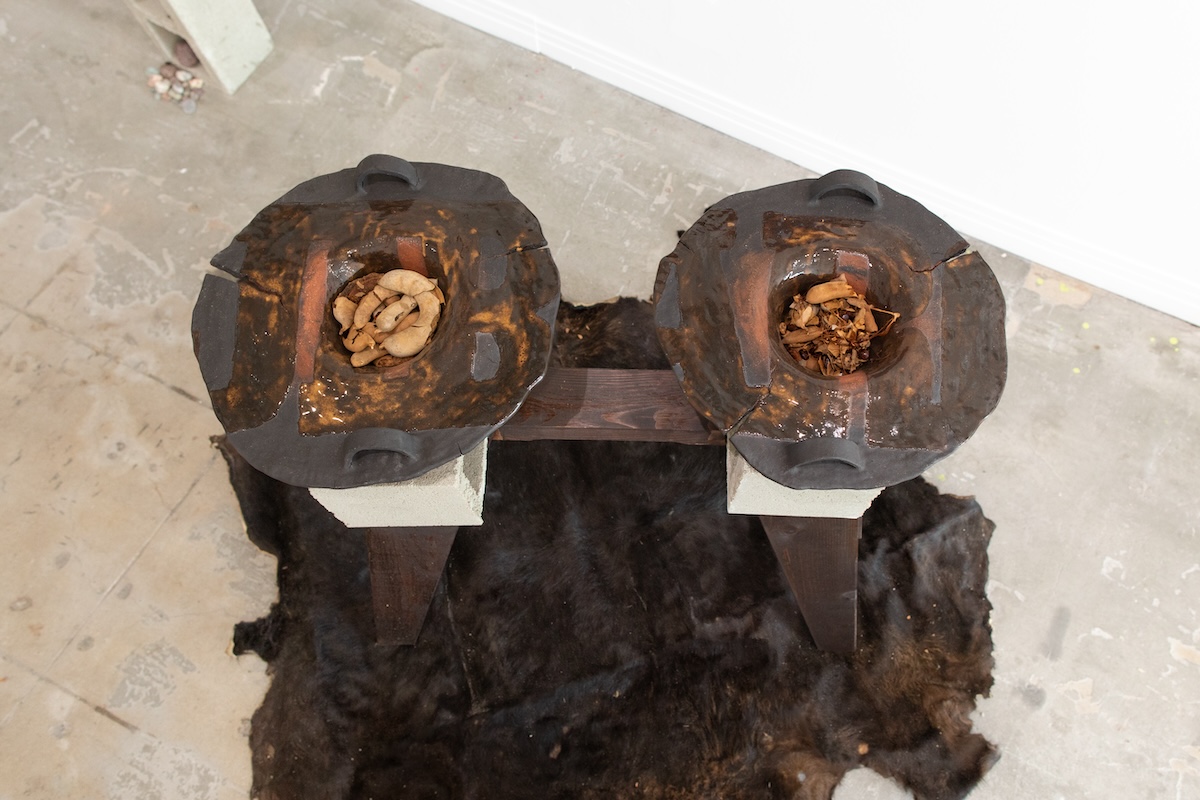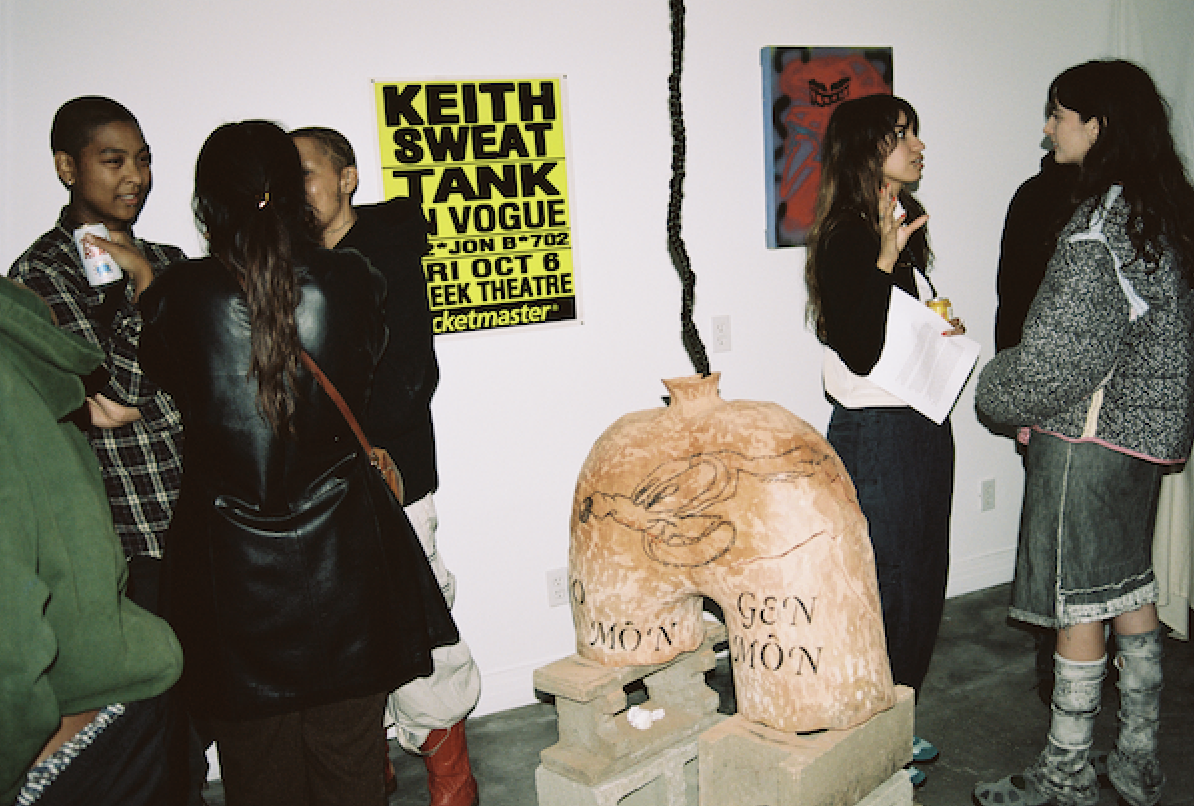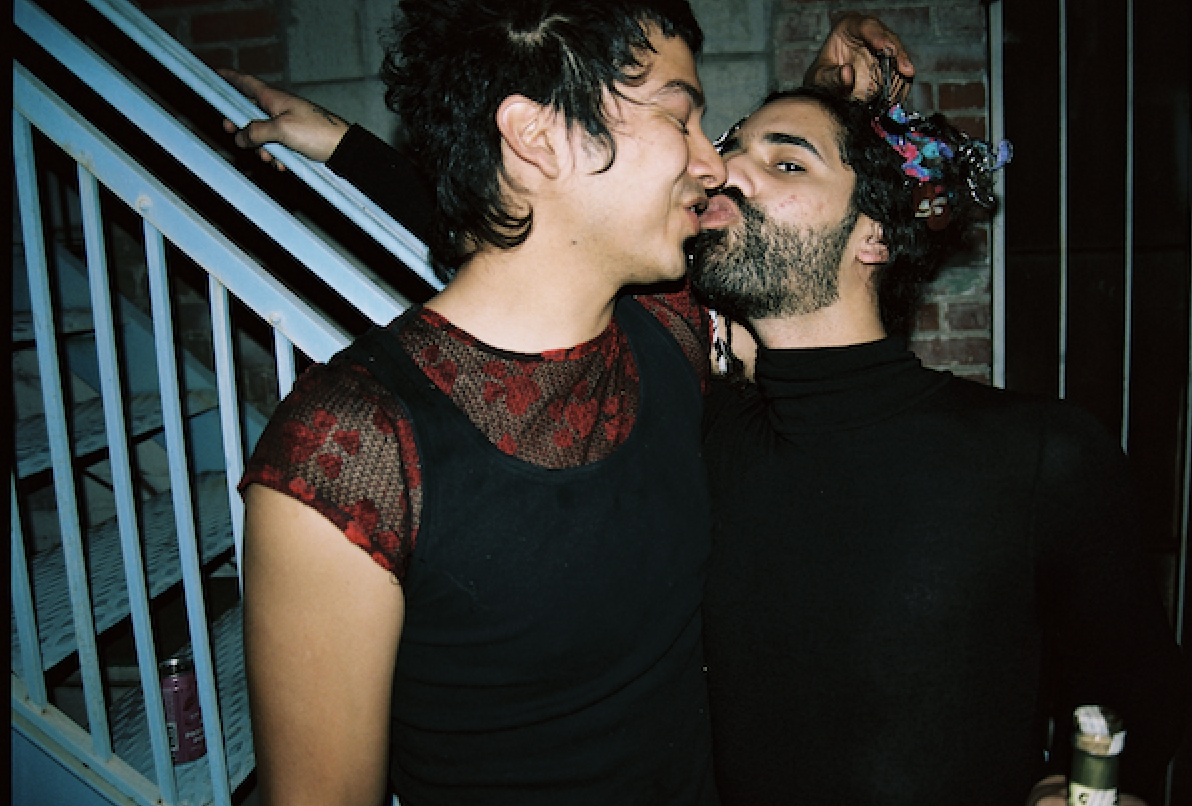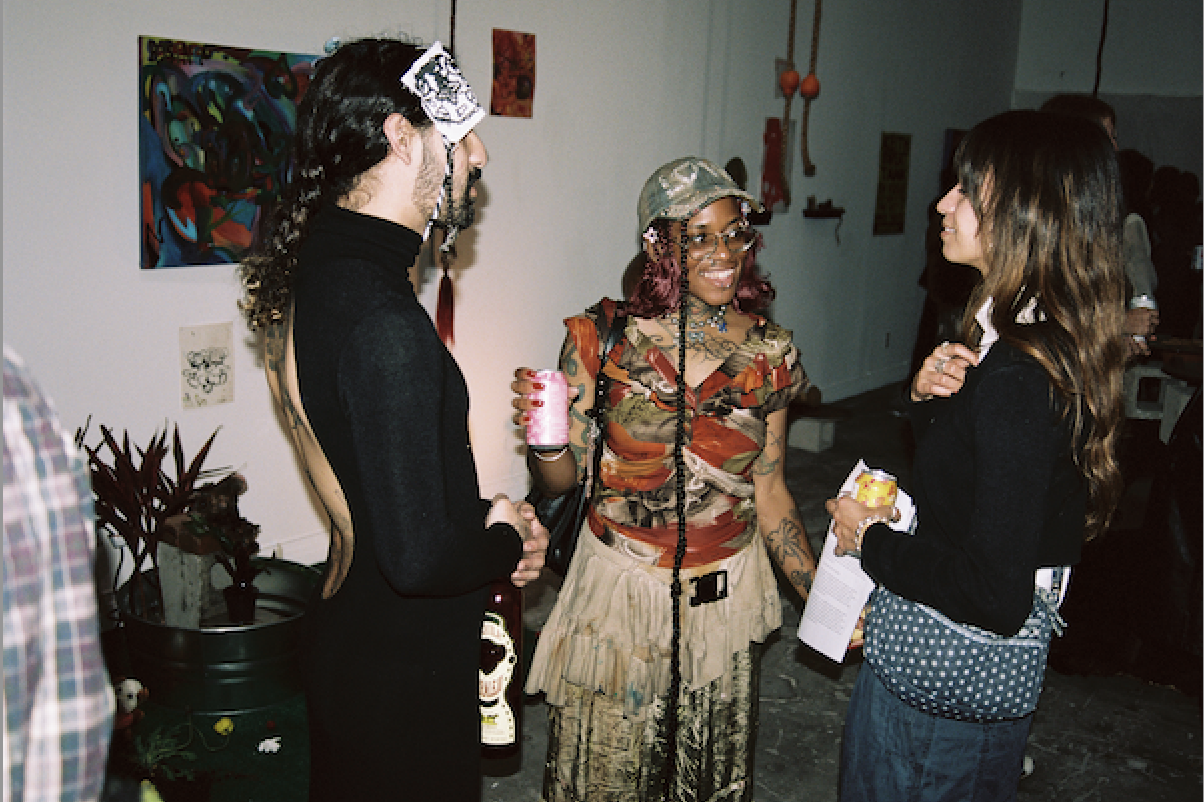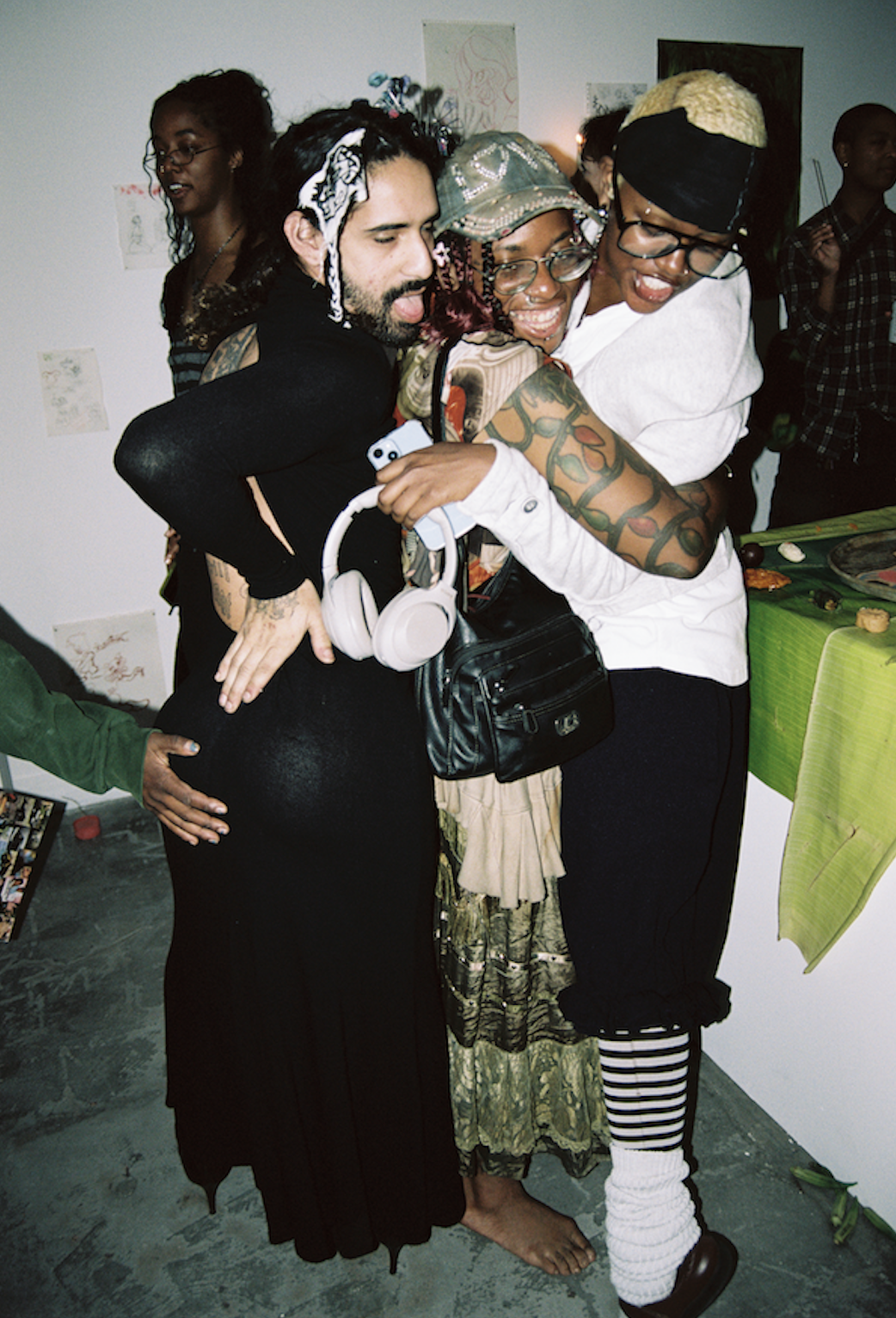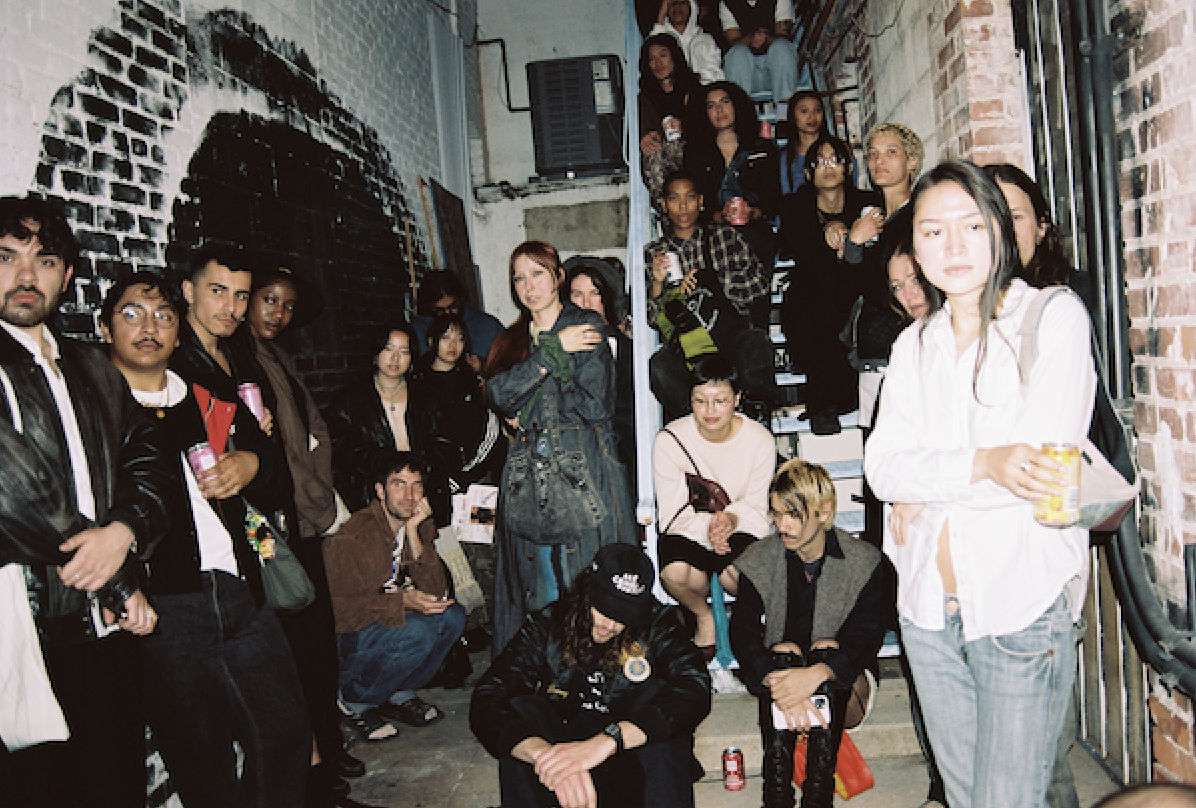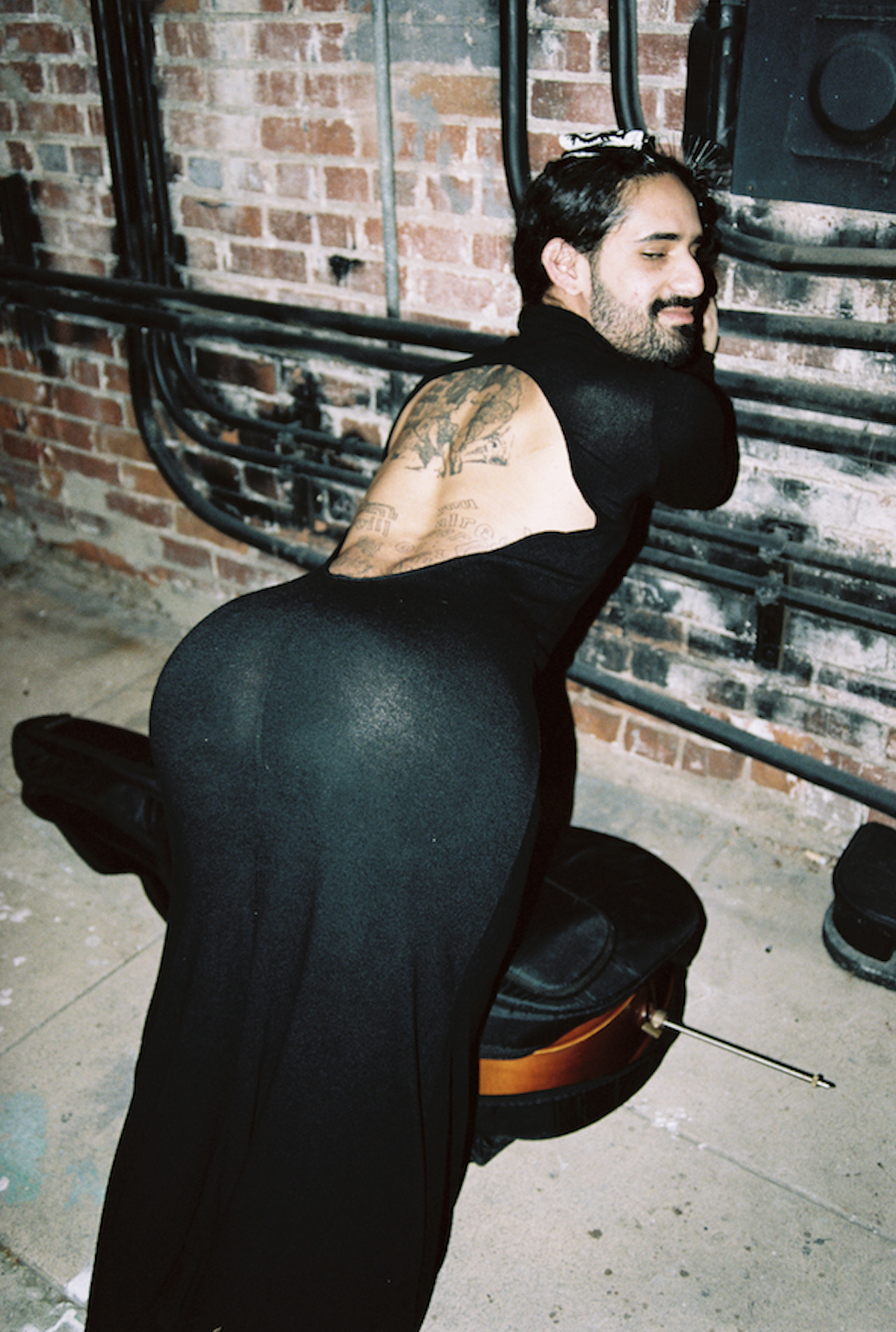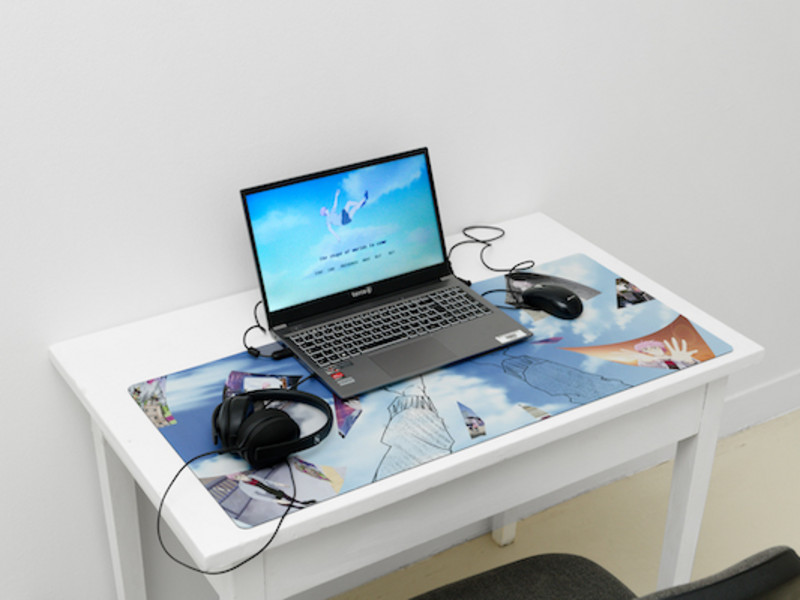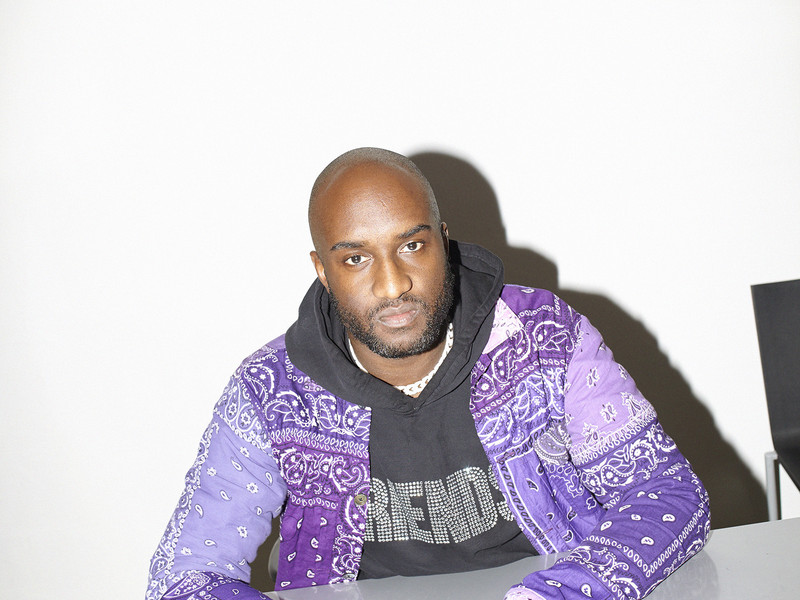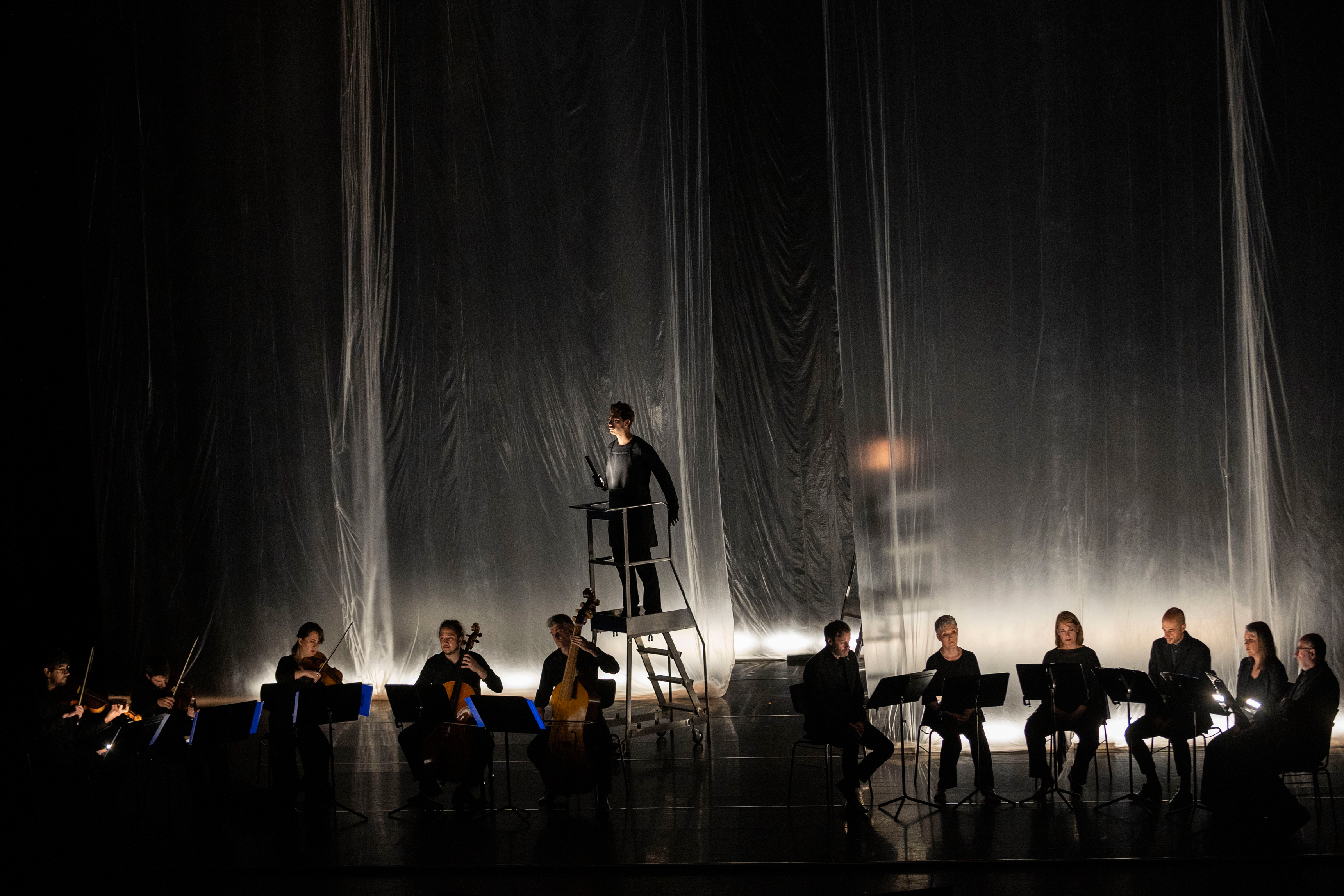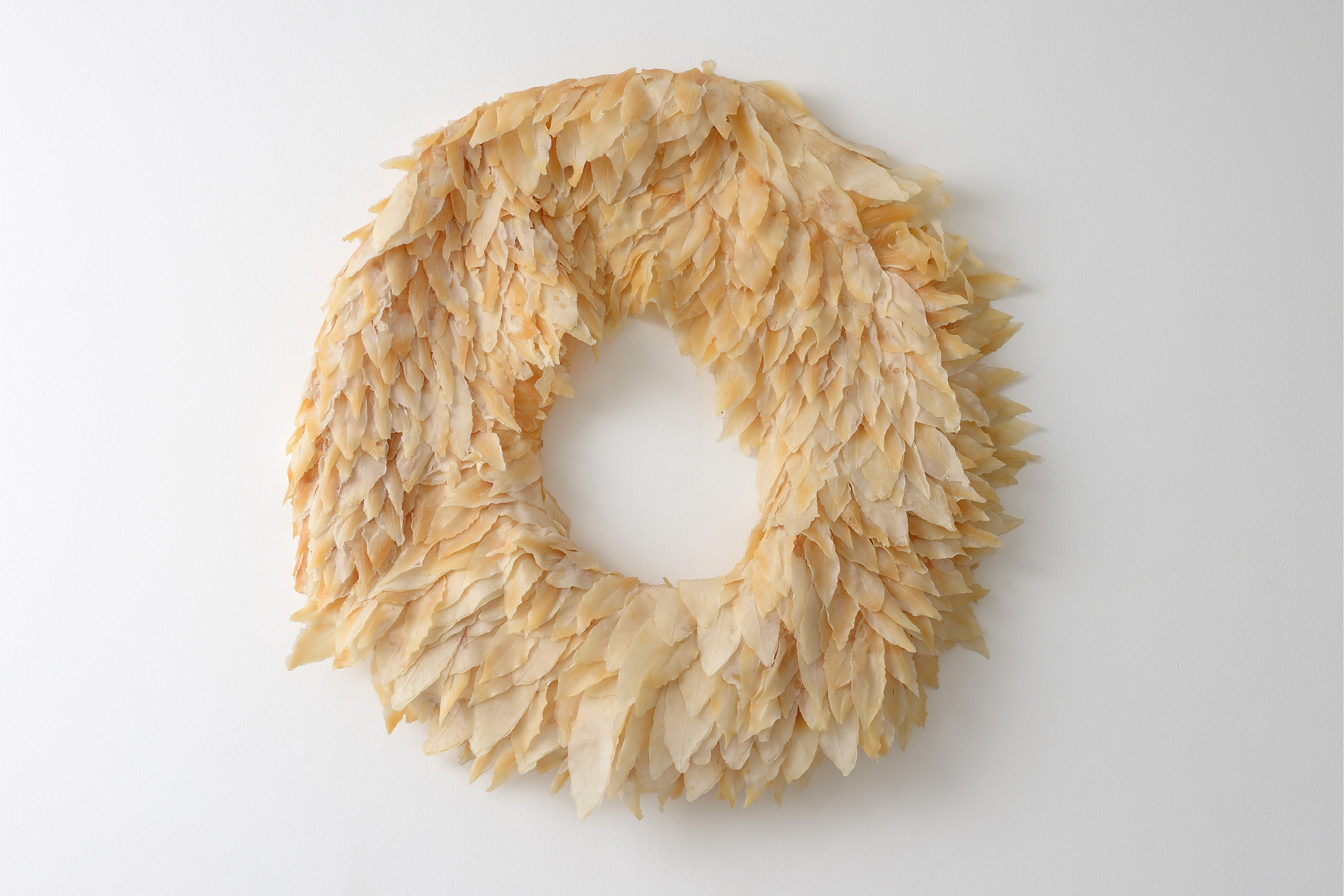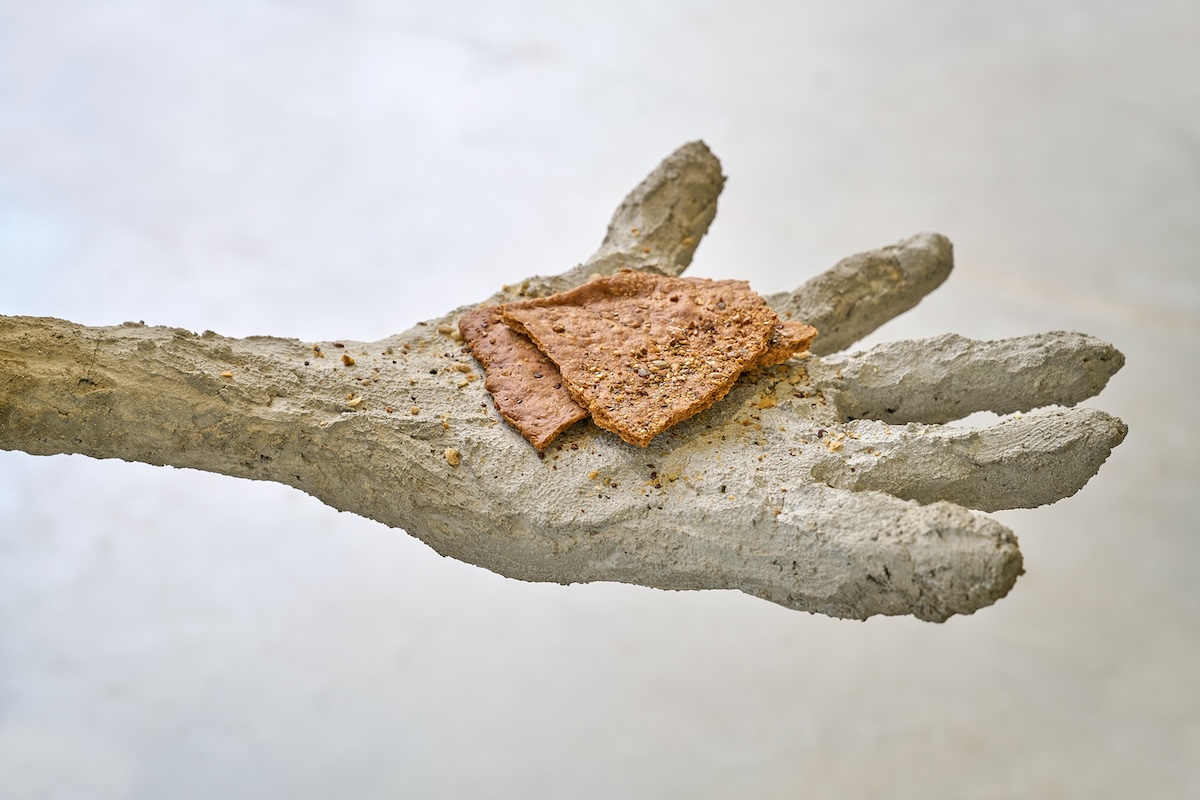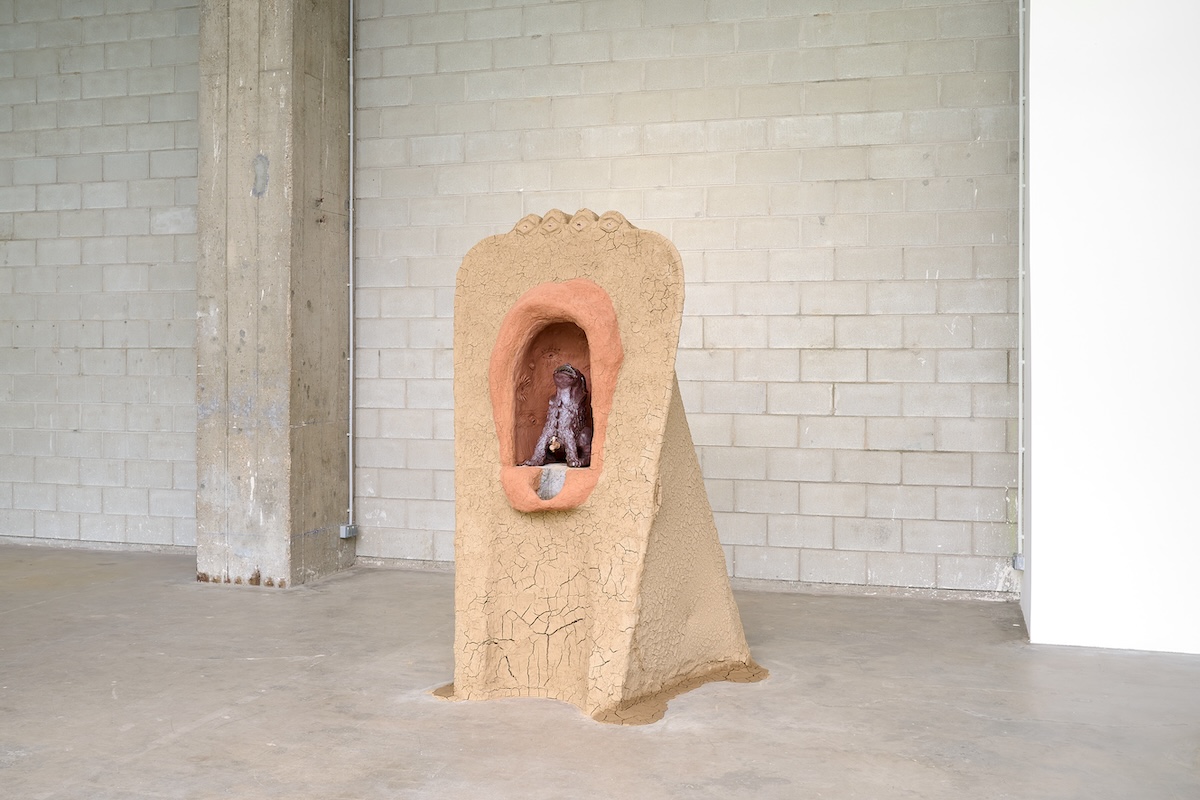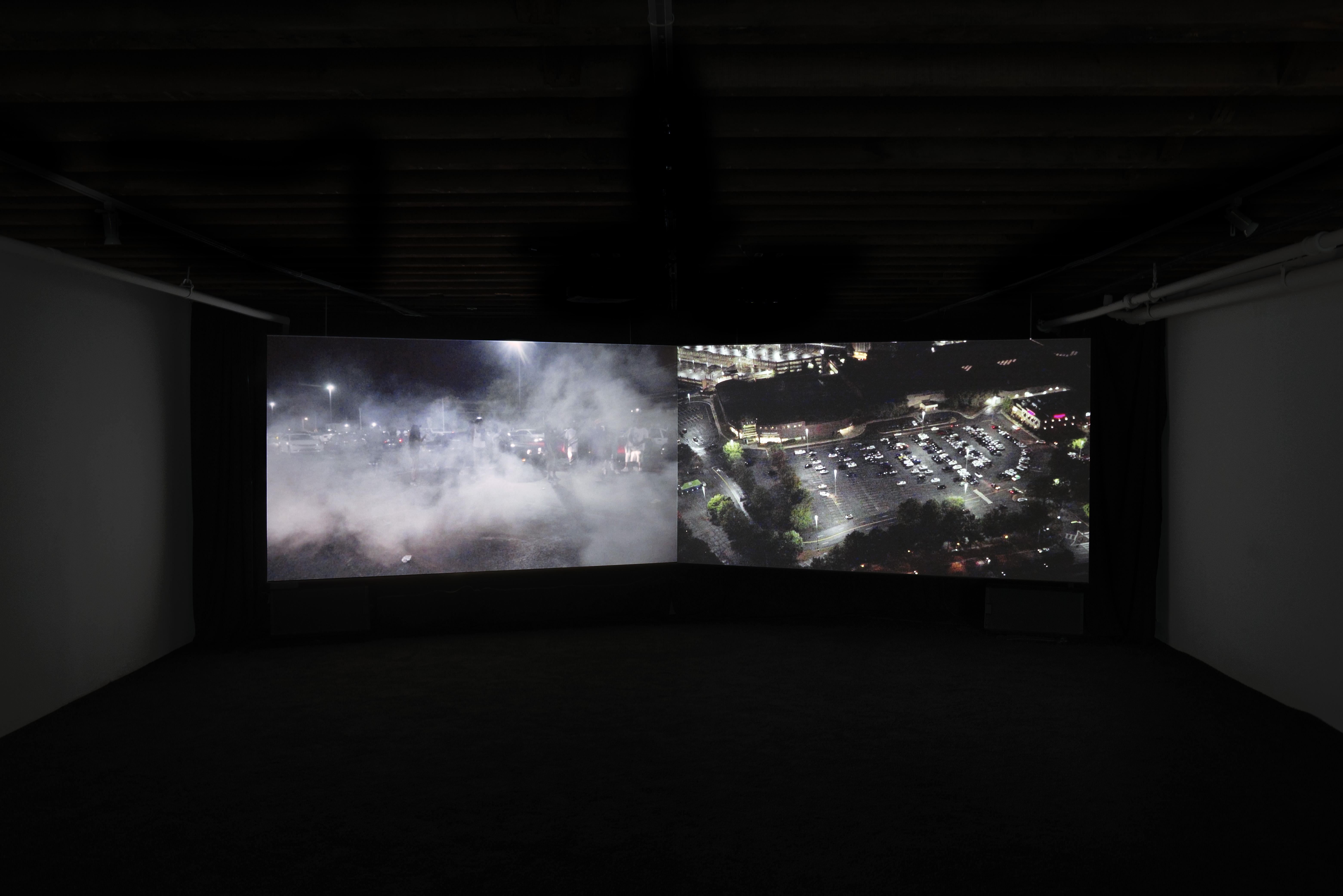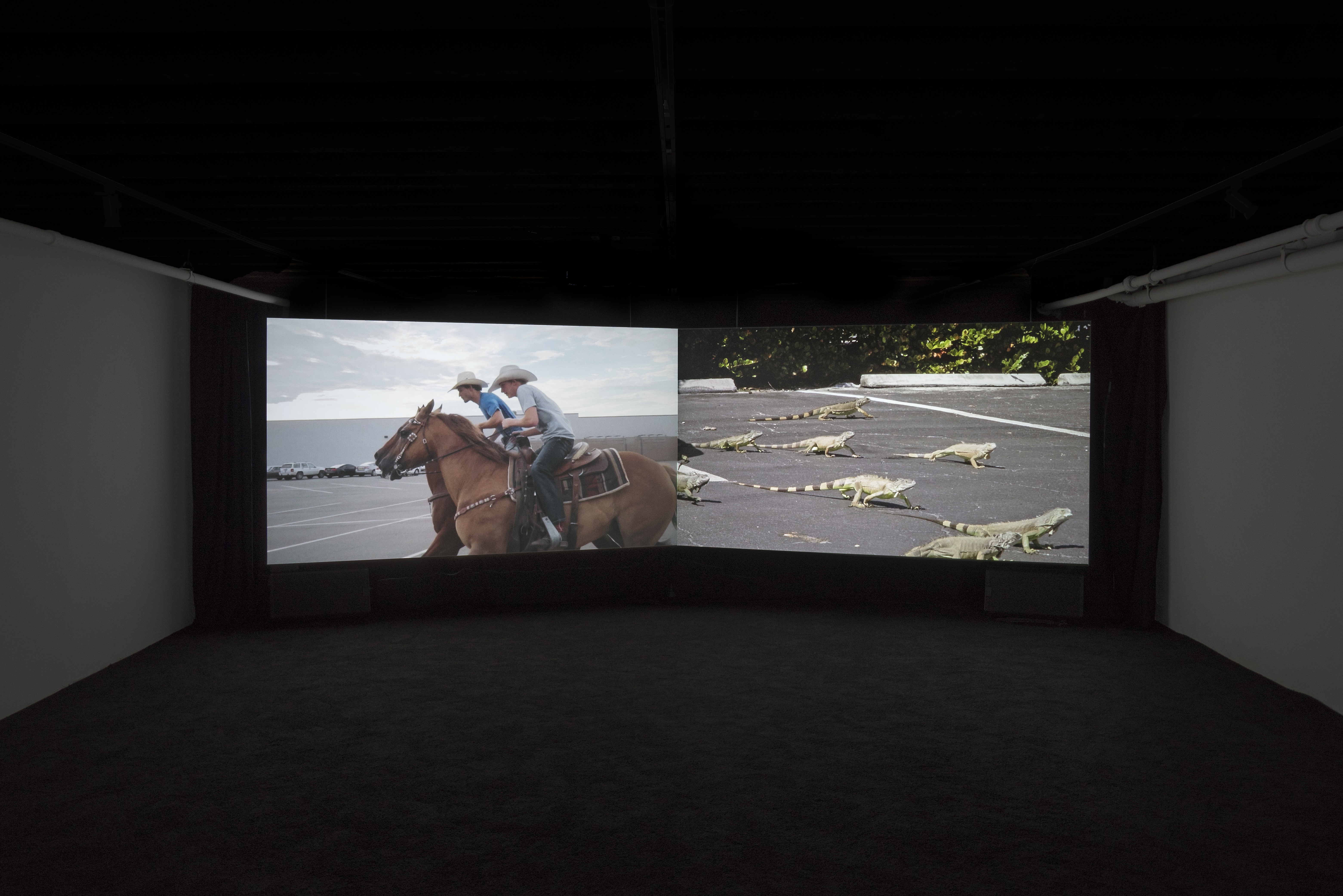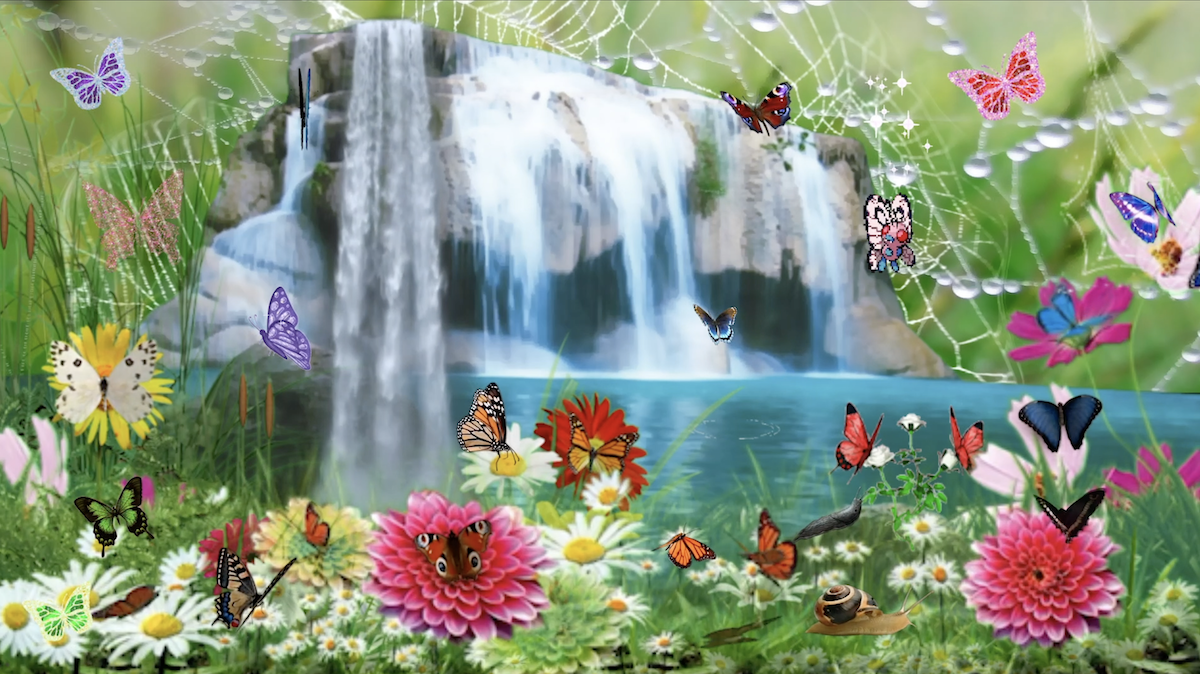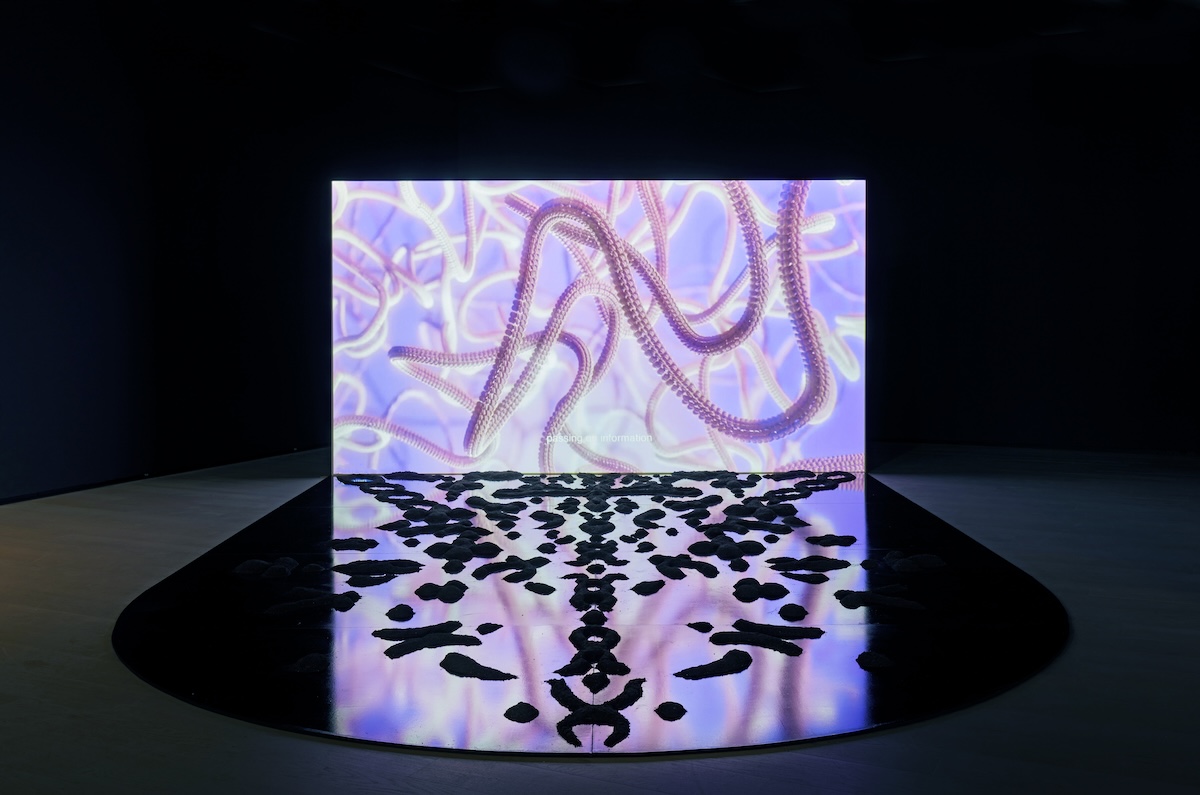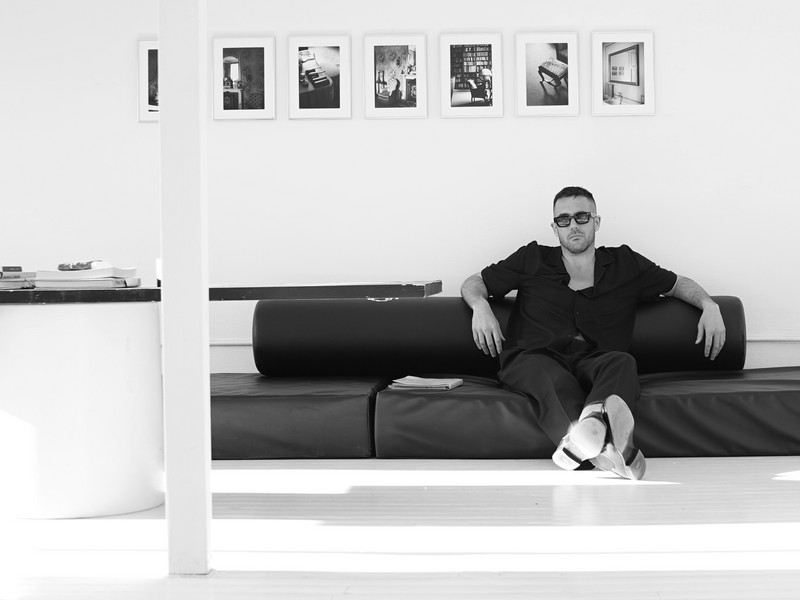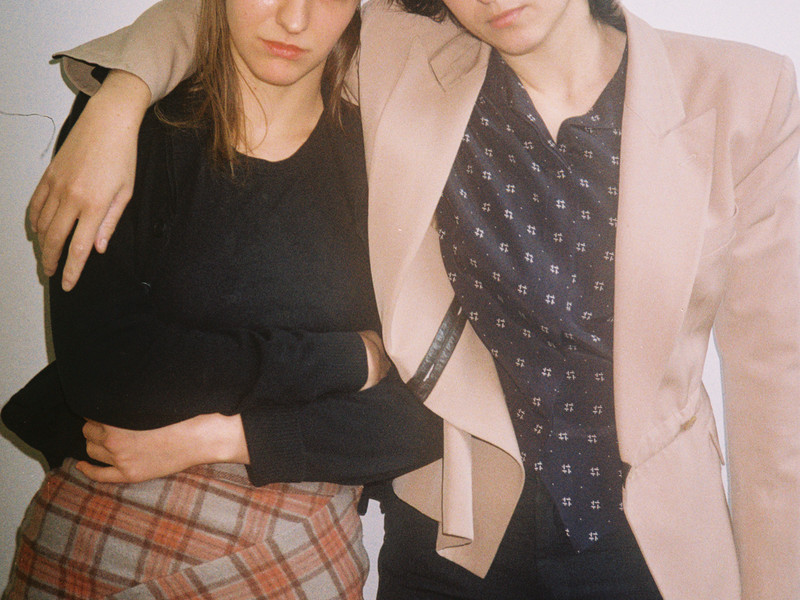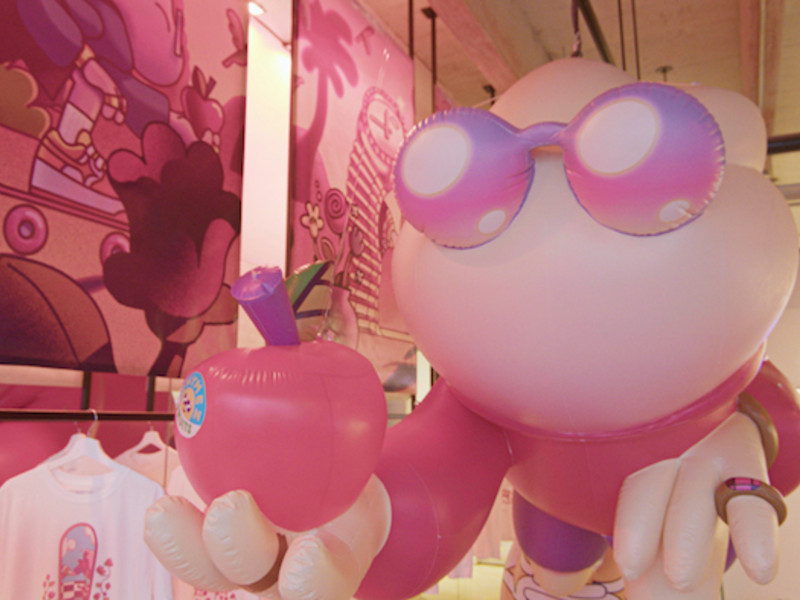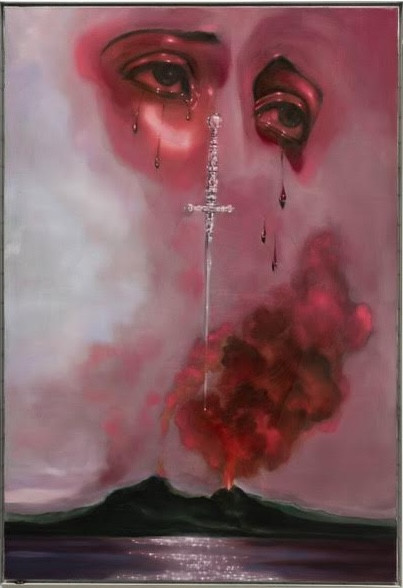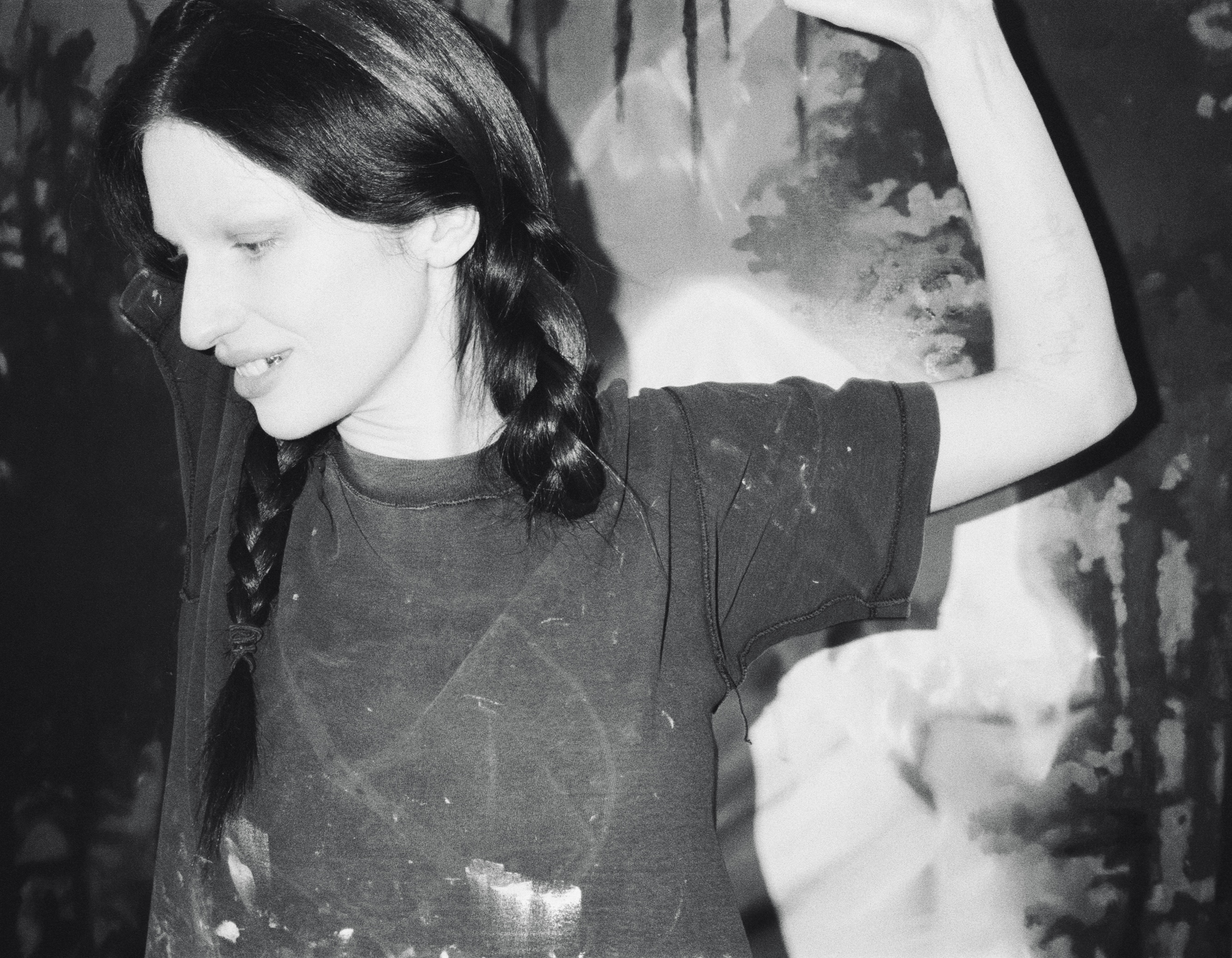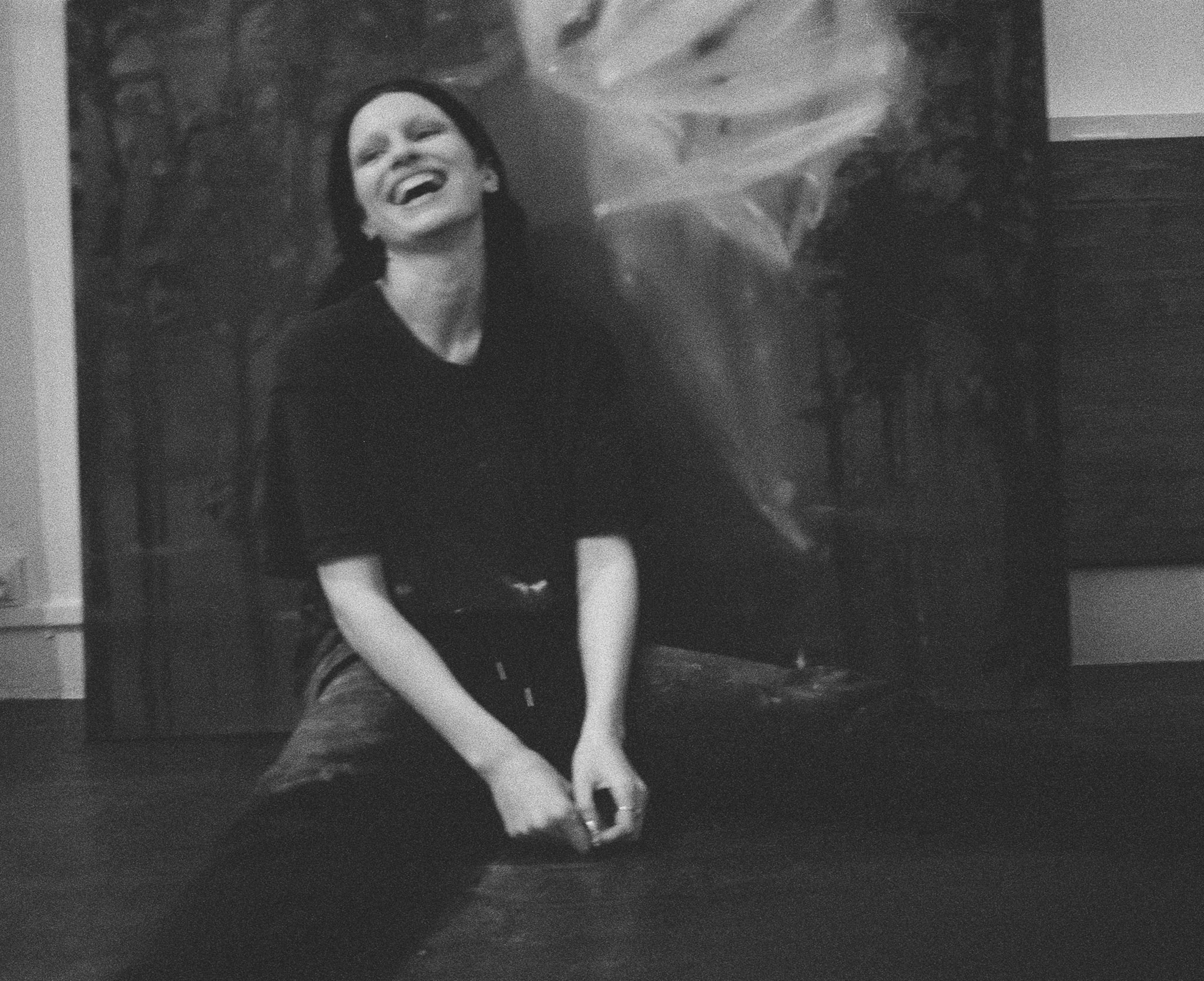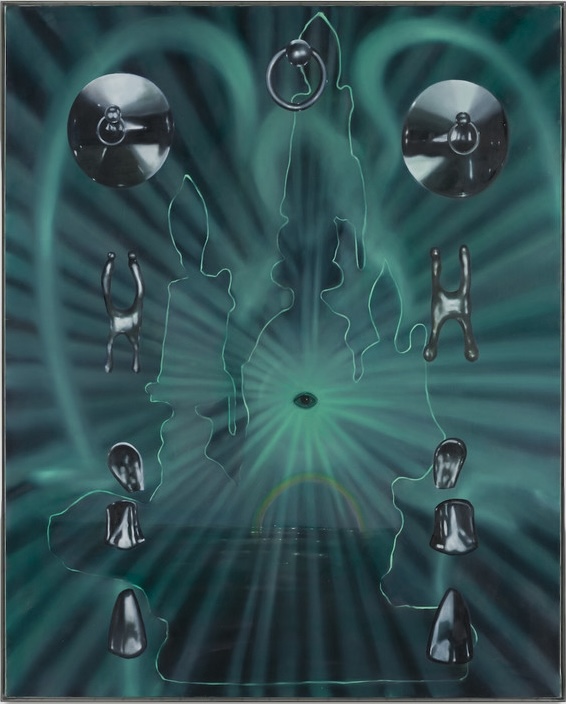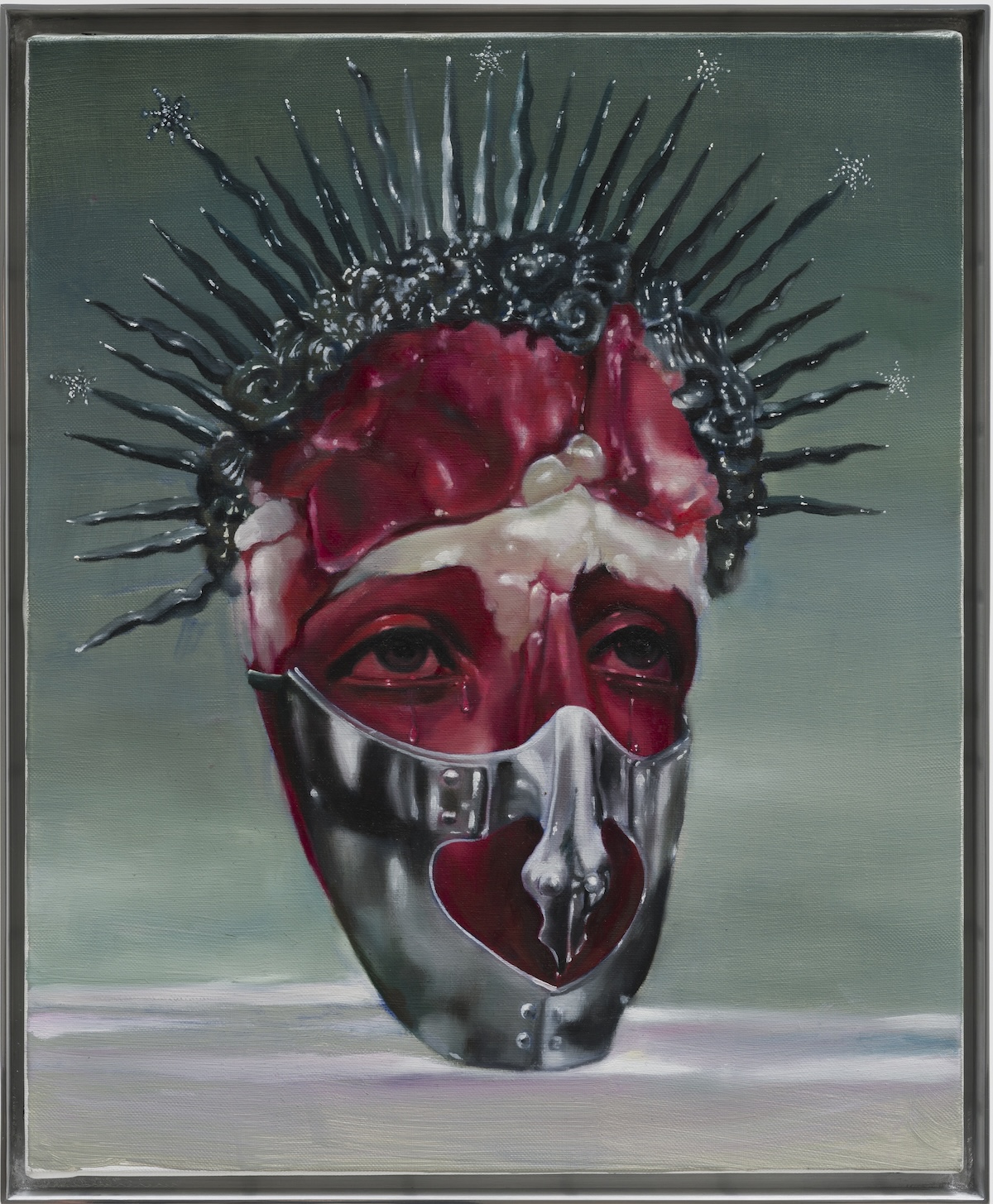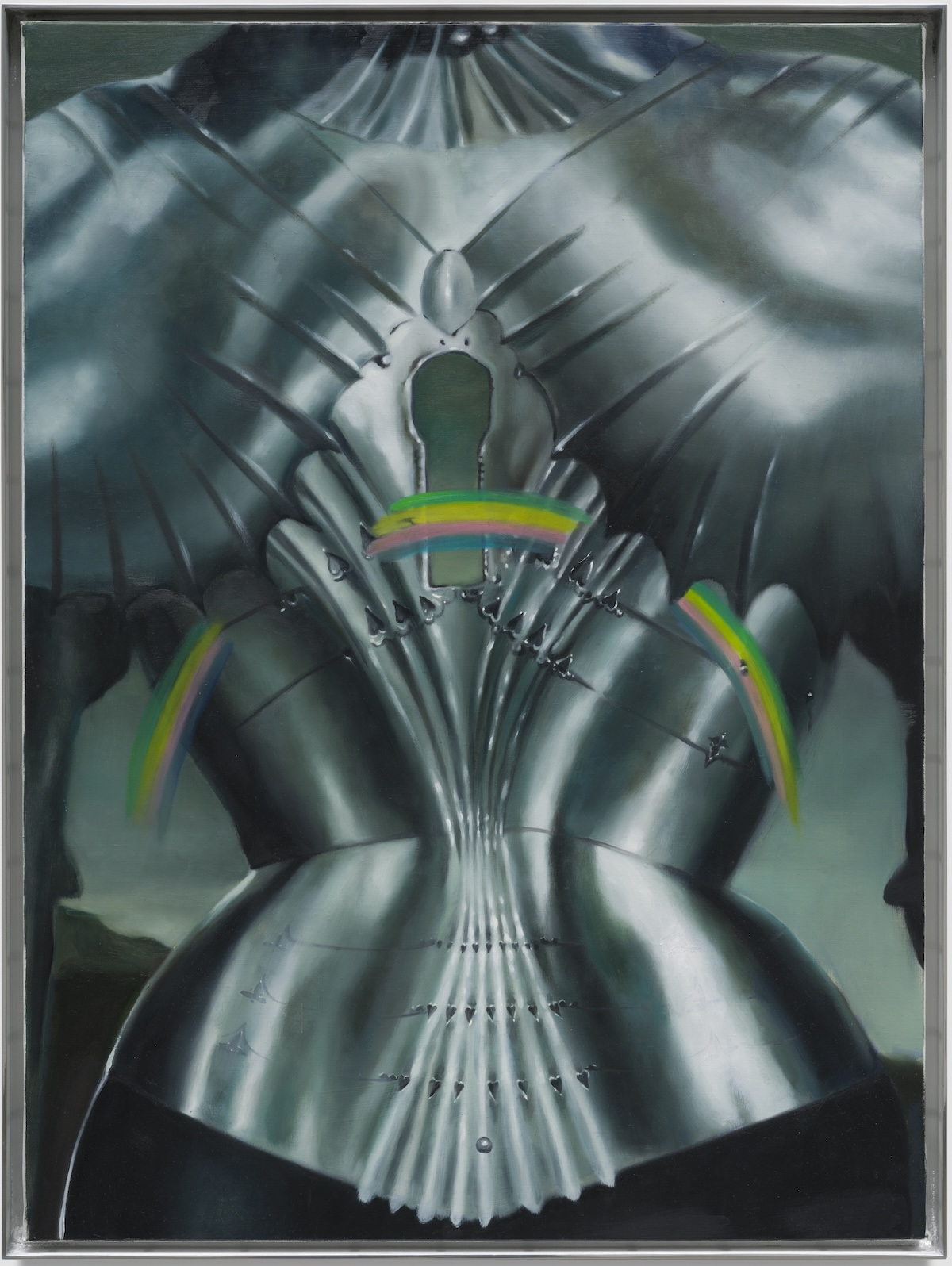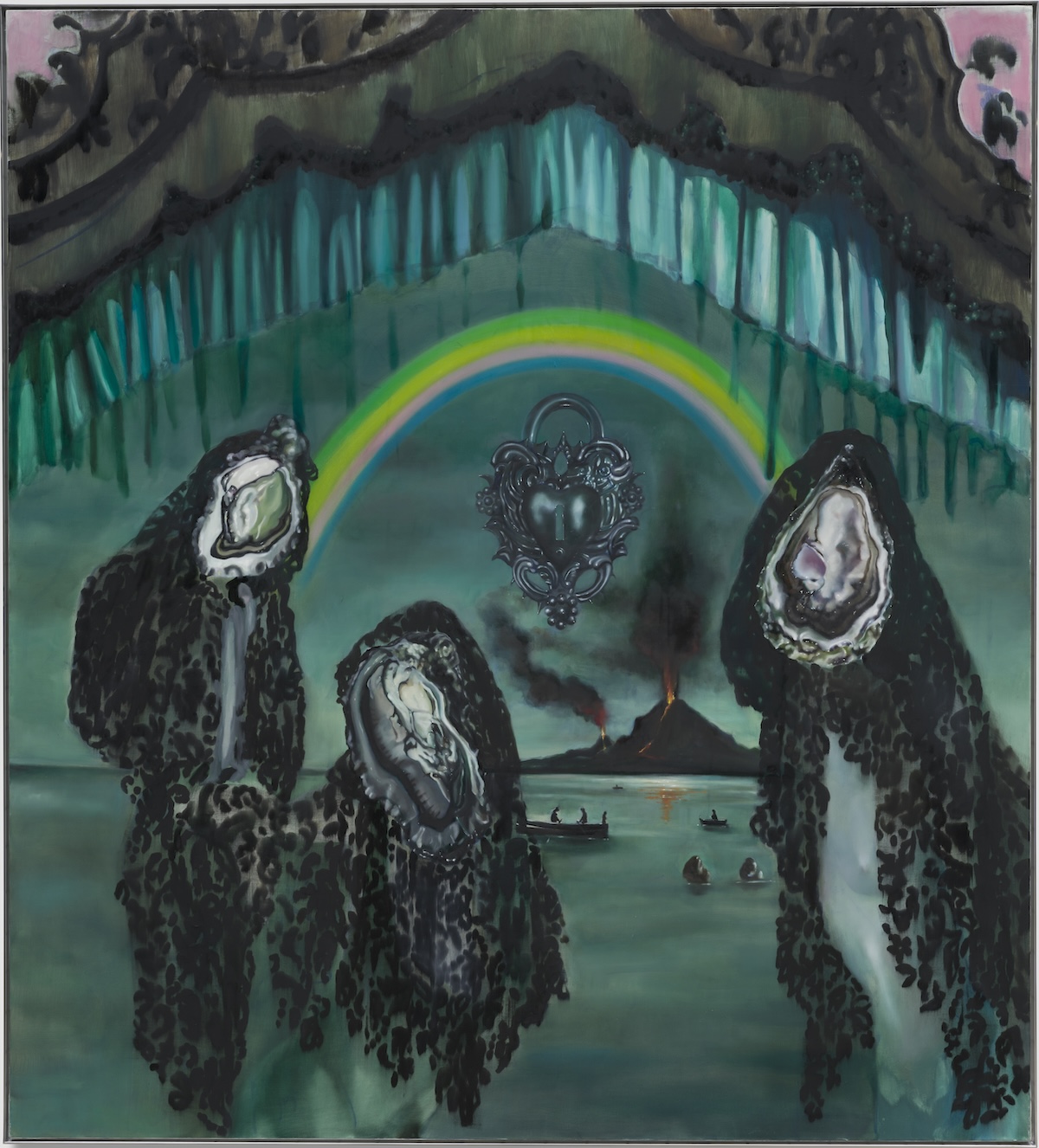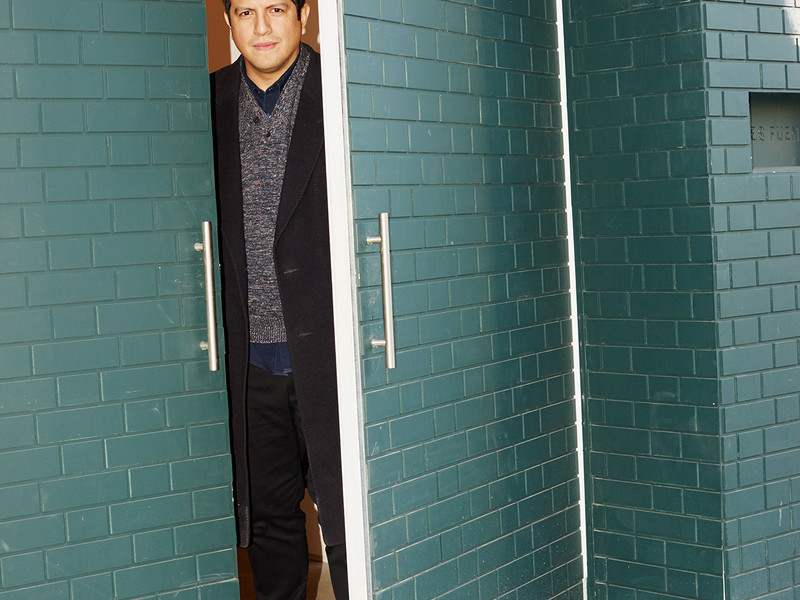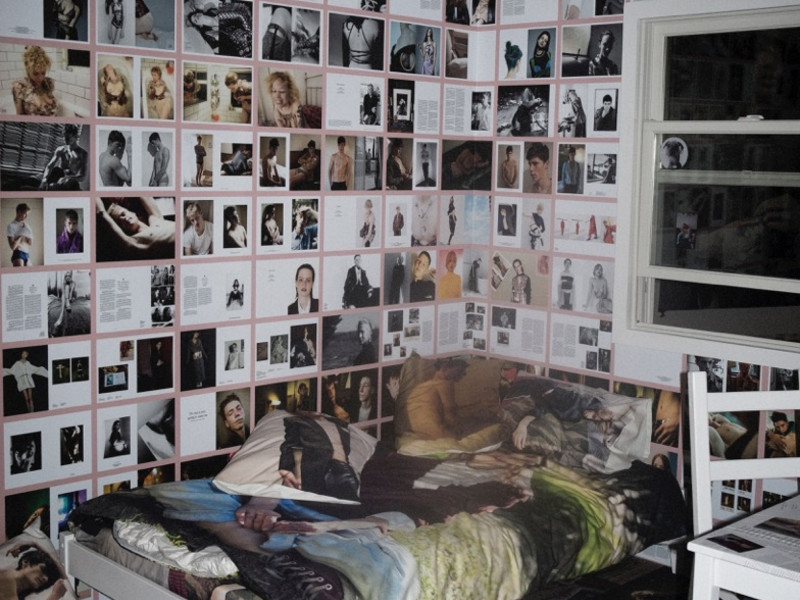The Bruces Are Back
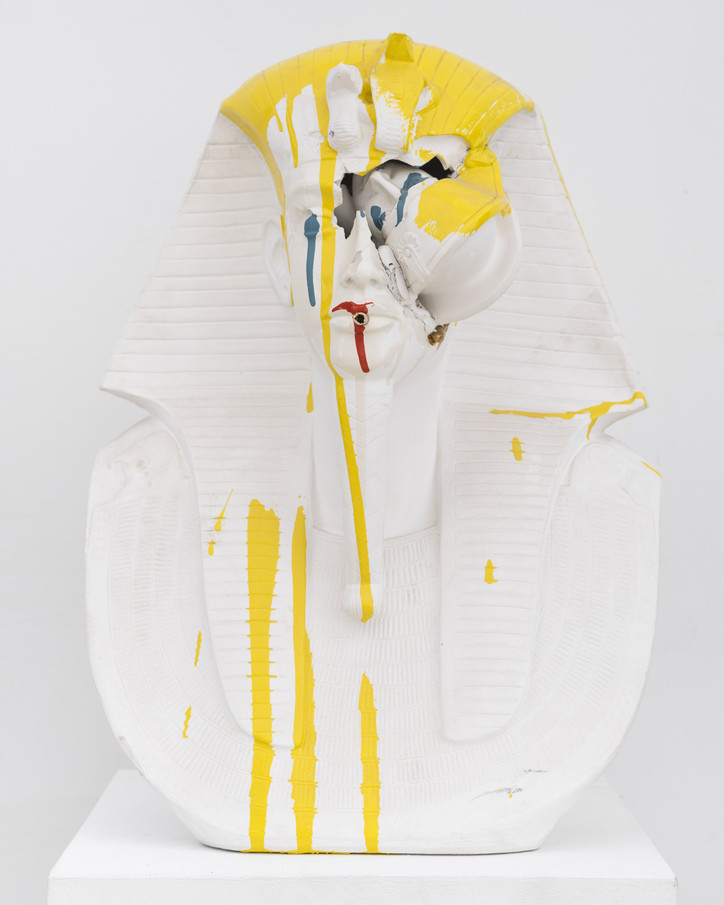
“They wanted to regroup,” Librizzi explains. “They wanted to get back to the original reasons of why they were making art to begin with. Because sometimes, I think for any artist, when it turns into too big of a career, suddenly you're making deadlines and you're making art to fit spaces instead of making art just to make art. They had to regroup and evaluate where they were coming from.”
Librizzi became a fan of the group when Vito Schnabel made an introduction, and soon after he became a collector. When Librizzi’s cat, Juju, knocked over one of his Bruce pieces, the piece not only shattered, but would set into motion a fortuitous series of events. “I was devastated,” he said, “Not because I thought of its resale value, but because I really loved living with this work. So I called them up and they said to bring it by and they’d repair it. When I went by, I don't know what I was expecting, but I saw all of this great work that I had never seen before, and I said, ‘We’ve got to do something.’”
The Bruces are known for referencing other works in their art, so Librizzi saw an opportunity to place their work in a historical context. It was something they hadn’t done before, but which resonated personally with Librizzi. “I was the type of kid on a good day, on a bad day, on a rainy day, on a sunny day, I would wander around the Metropolitan Museum of Art and just get lost in there,” Librizzi recalls. “That was one of the things that clued me into what they were up to as artists, as a collective. I said, ‘Oh, that's what they're doing, too; they’re wandering through the museum and making fun of one piece or admiring another through their art.’” At “The End of Western Art,” Librizzi paired items from ACA Gallery’s historical archives — derived from some of the most progressive shows throughout the 20th century — to show classic works alongside the BHQF’s own subversive pieces.
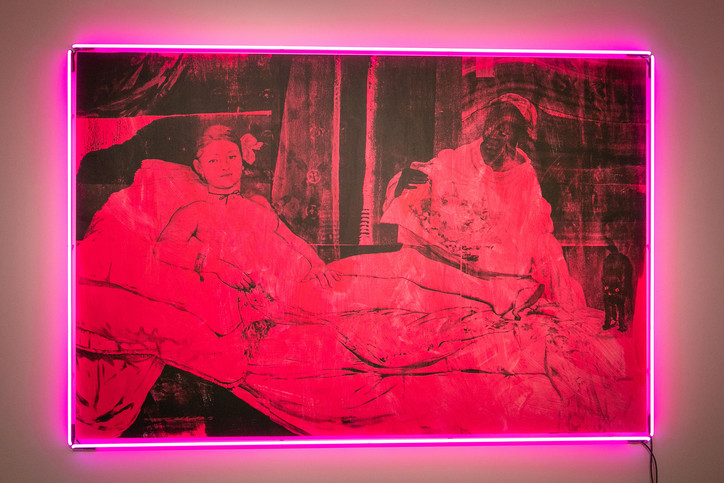
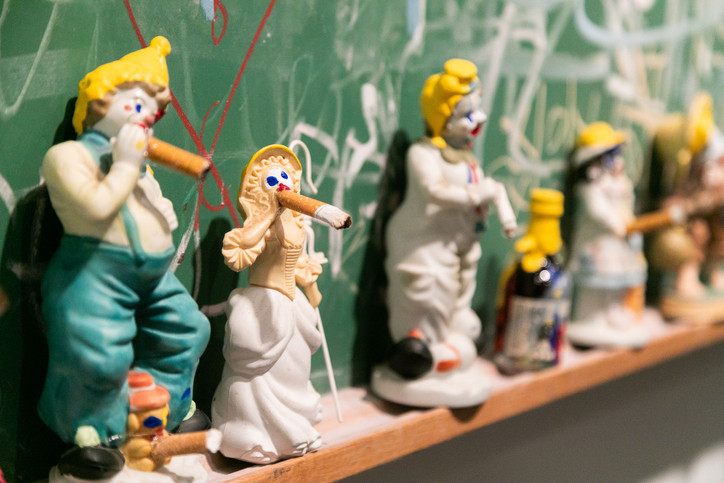
Above: Olympia (after Manet), and Untitled (Chalk Board), both by BHQF.
The BHQF take on The Raft of Medusa hangs beside Albert Pinkham Ryder’s Old Mill by Moonlight (1885). Joseph Beuys’ Noiseless Blackboard Eraser 279/550 (1974) is set atop their Untitled (Chalk Board) (detail above). It would be easy for an unassuming visitor to mistake some of the BHQF pieces for historical art, thus making it accessible for a wider audience, but those in the know have the opportunity to see the Bruces’ work paired with the very artists and art movements they are subverting.
For Librizzi, the title of the show is more than just a tongue-in-cheek reference to the BHQF; there’s some truth behind it, and the ideas of art as defined by the Western tradition are changing. “When [the Bruces] saw the idea was shaping up, one of the guys said, ‘Oh great, a bunch of dead white guys.’ So I realized that, nowadays, that's a real dialogue. Where are the women? Where are the different ethnicities represented? Nobody knows who the Egyptian artists were, and for 3000 years they agreed on a singular concept of form and space. And we don't know who is making the Bruce High Quality Foundation work either. So that's why I felt like bookending it like that. It is a kaleidoscopic view of the history of Western art, but with the beginning being the ancient Egyptians, and the end being the Bruce High Quality Foundation.”
This is the Bruces back in form, and doing what they do best: questioning the institution of art, the industry that envelops it, the history that formed it, and the future that lies in store for it. There’s always more to BHQF than meets the eye and they’re as buoyant and mysterious and polarizing as ever.
“Bruce High Quality Foundation: The End of Western Art” is up for viewing at ACA Gallery through May 24th. All images courtesy of ACA Gallery.
